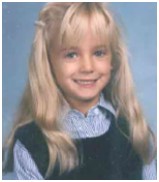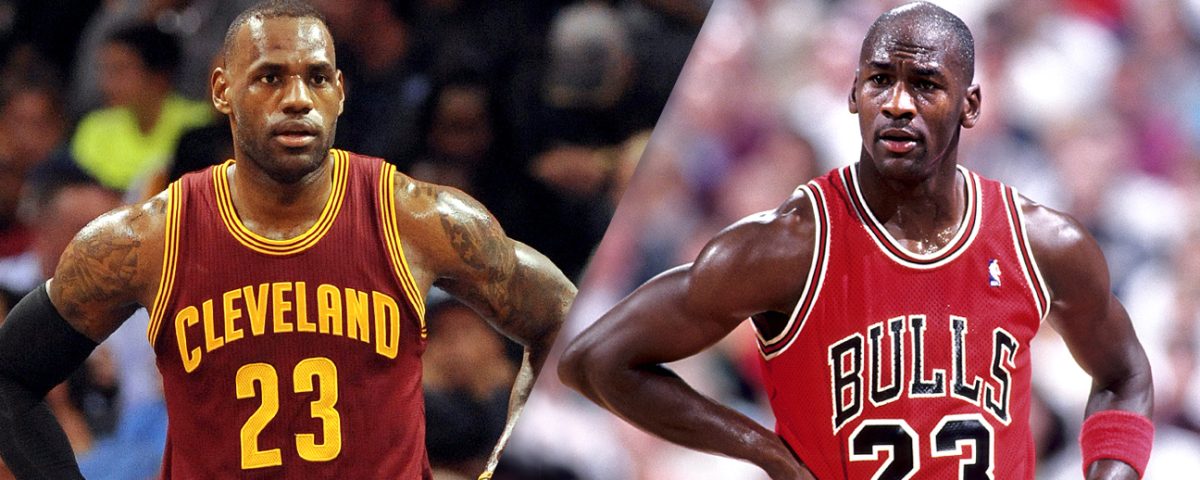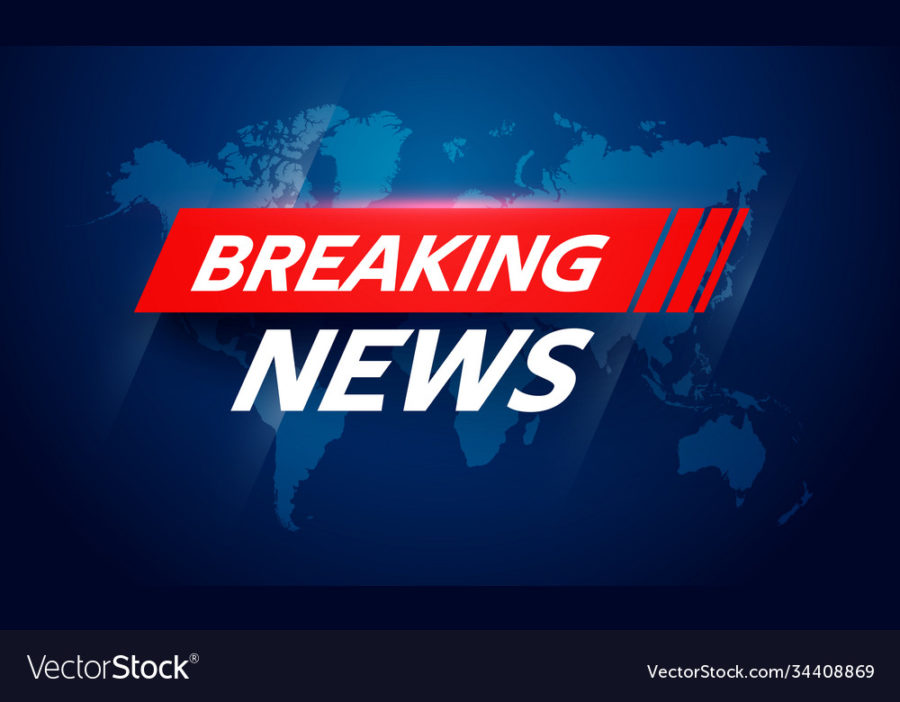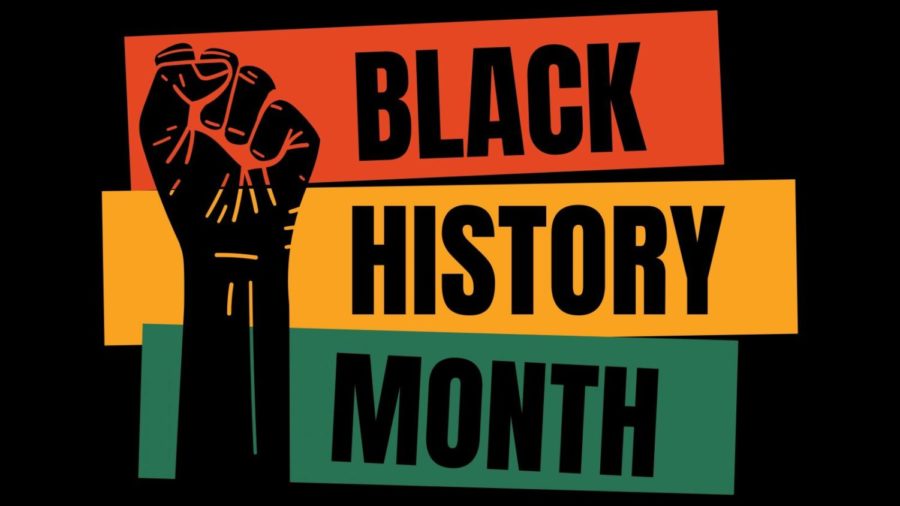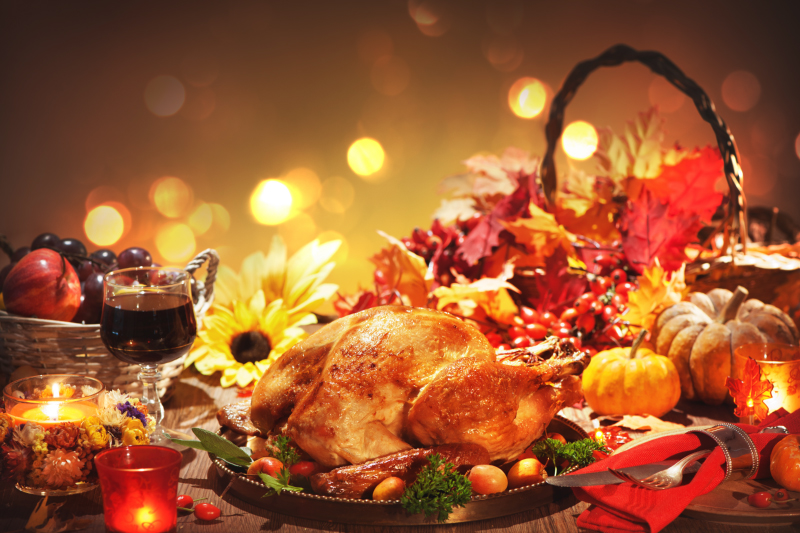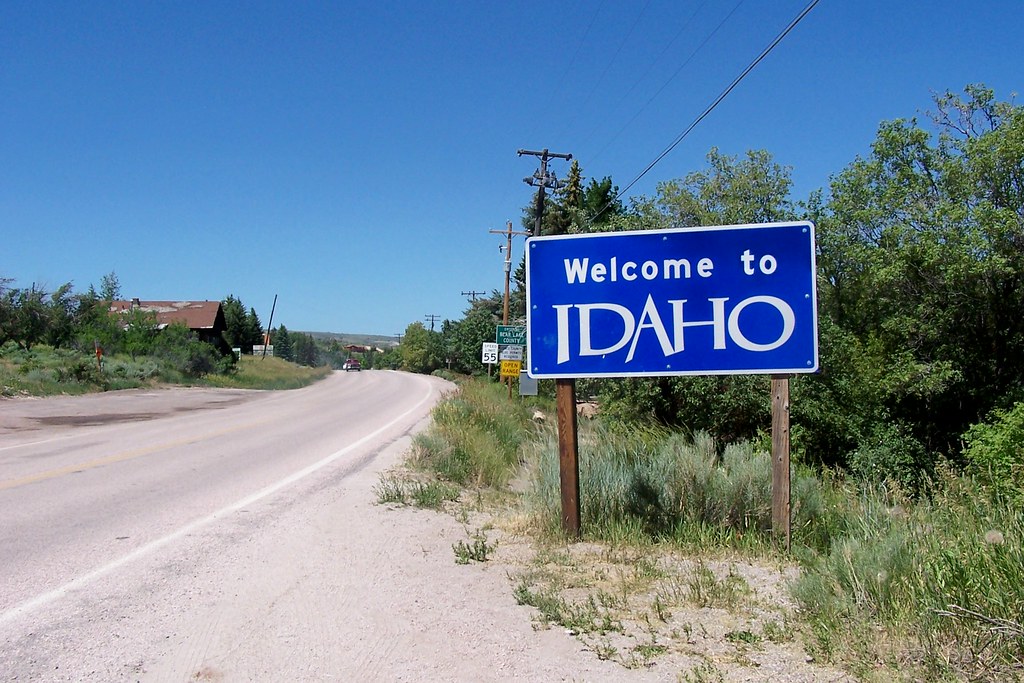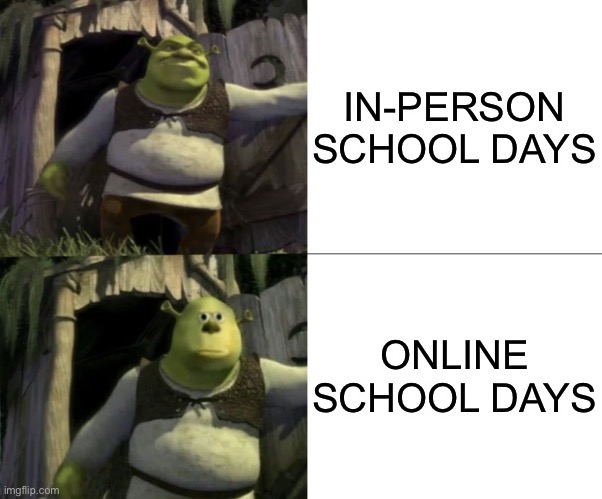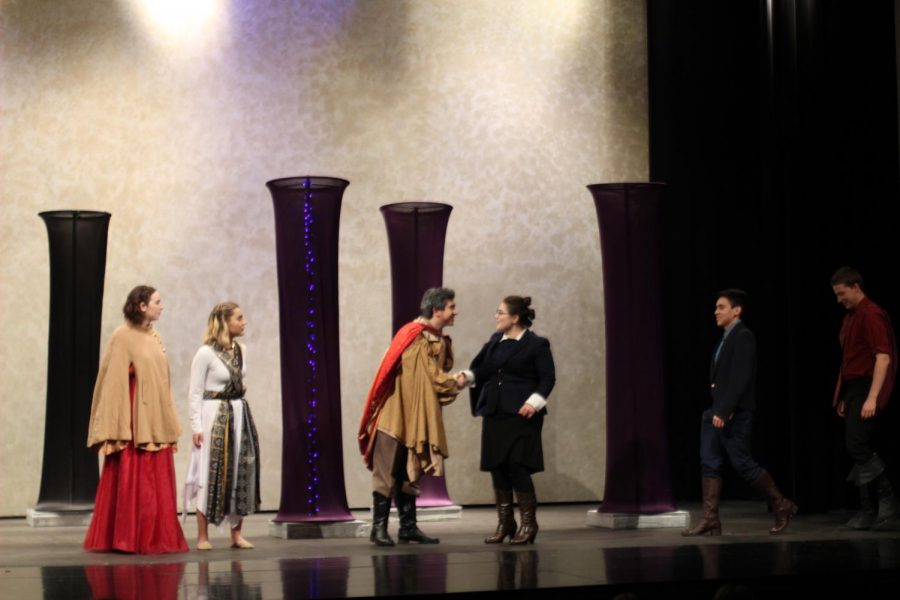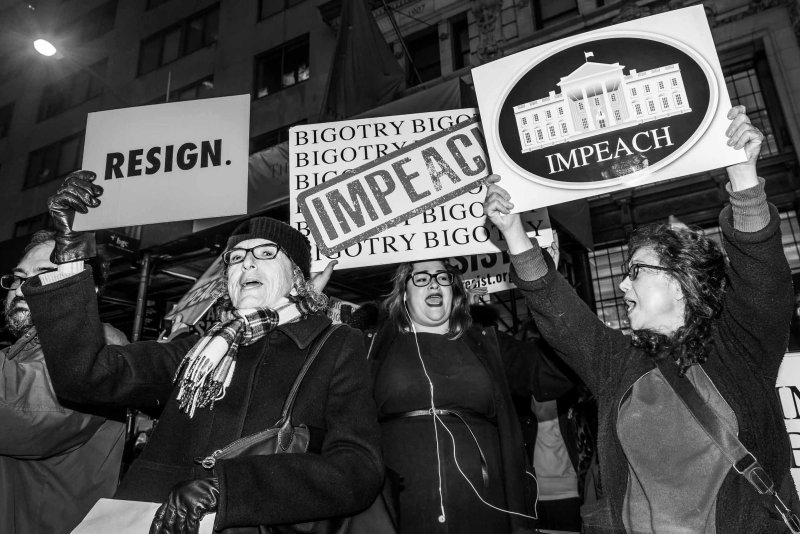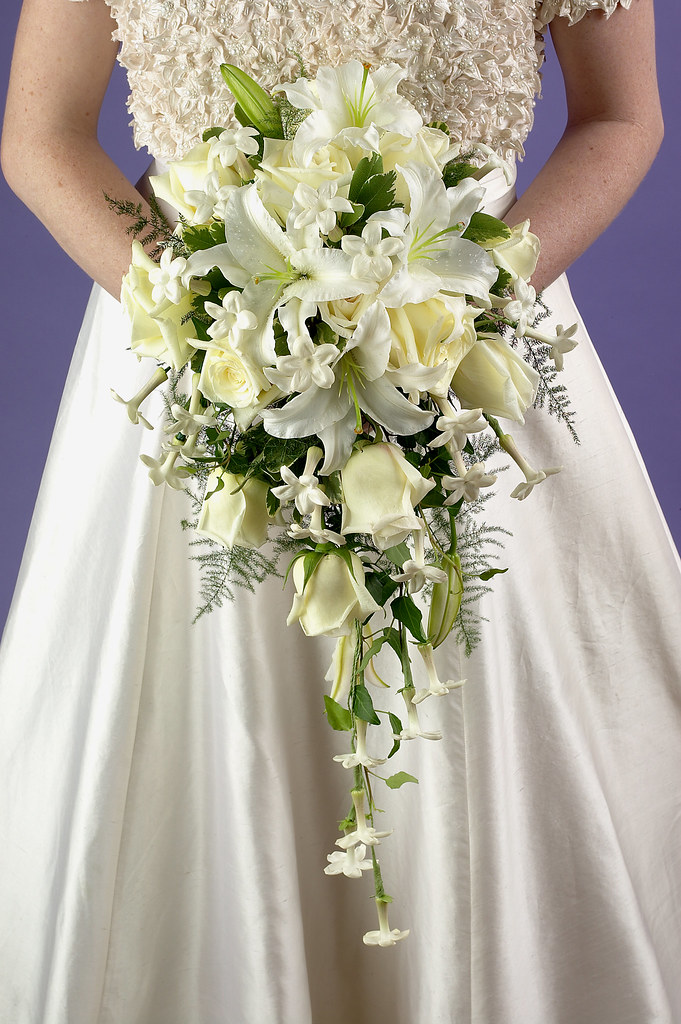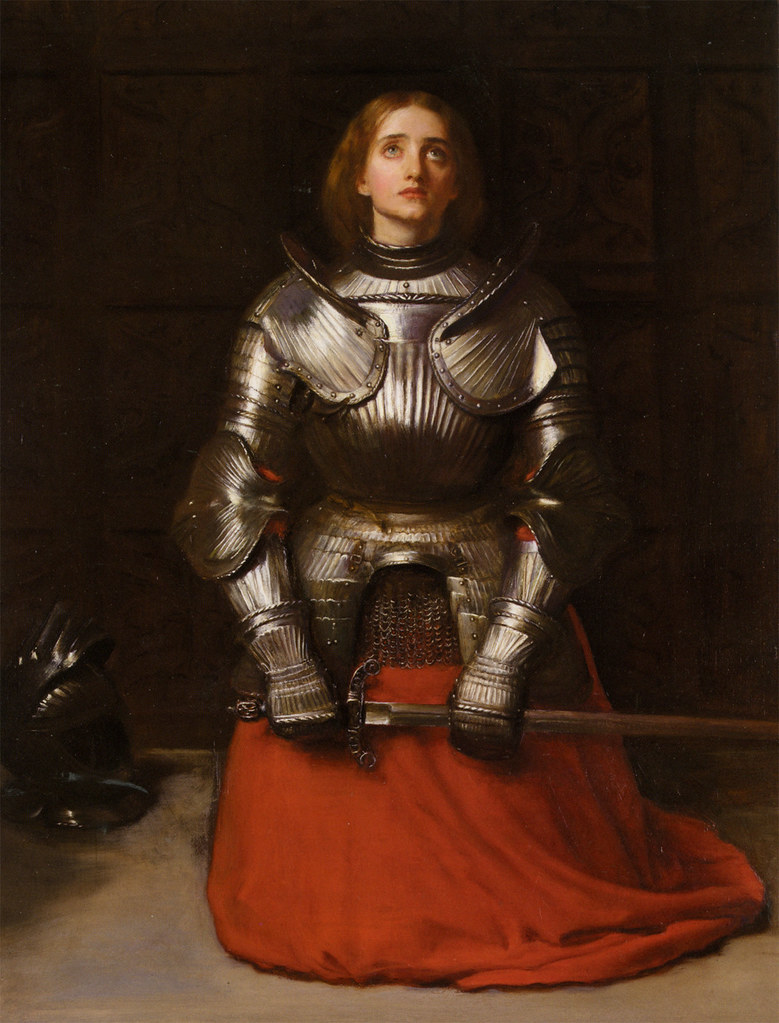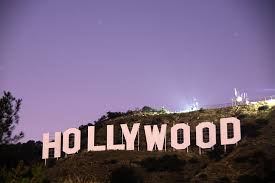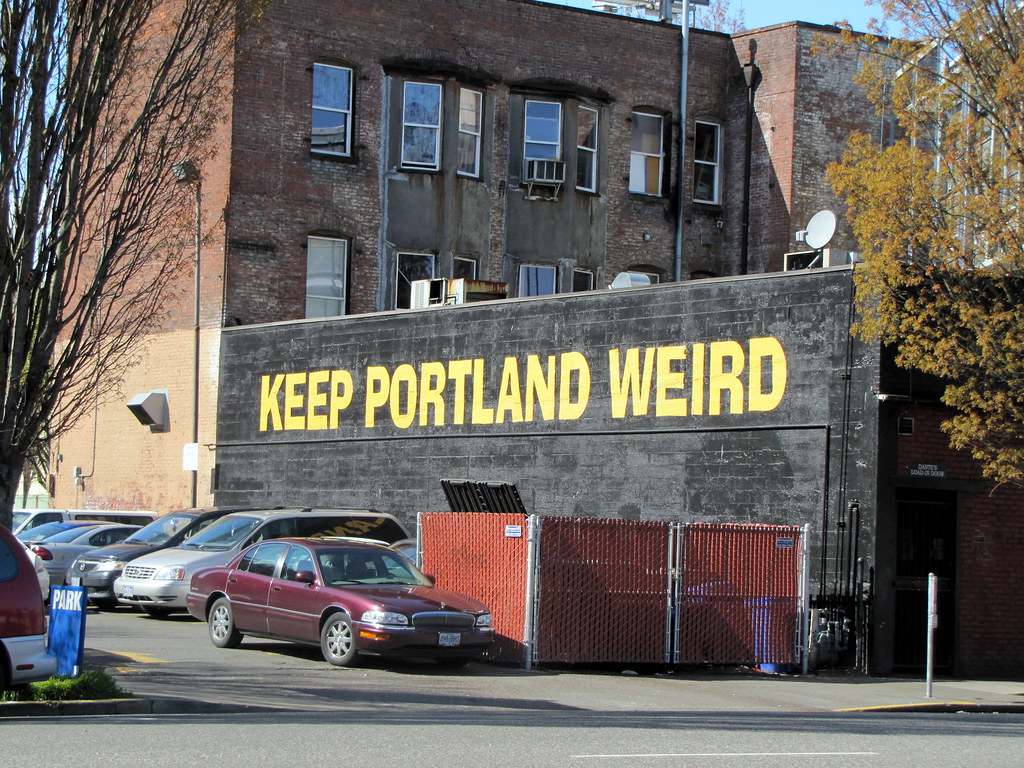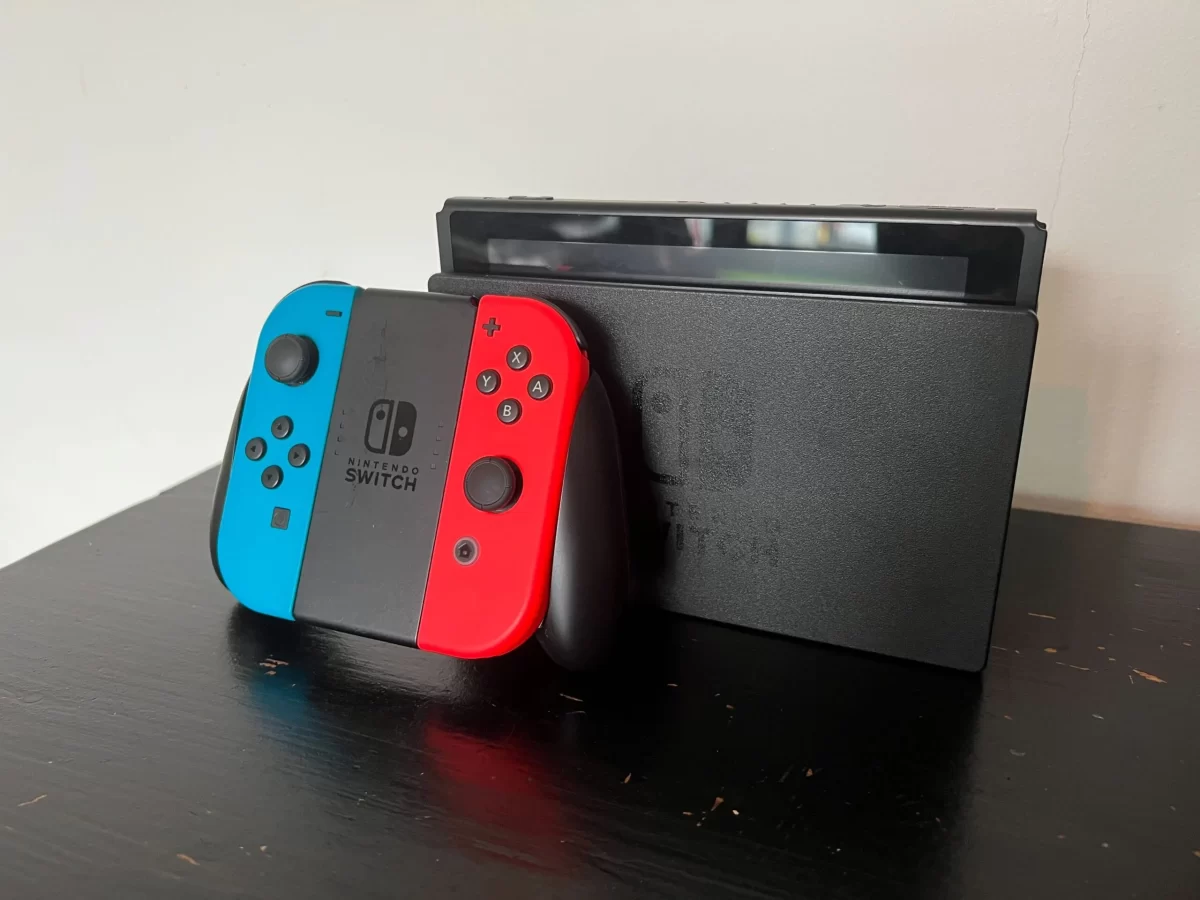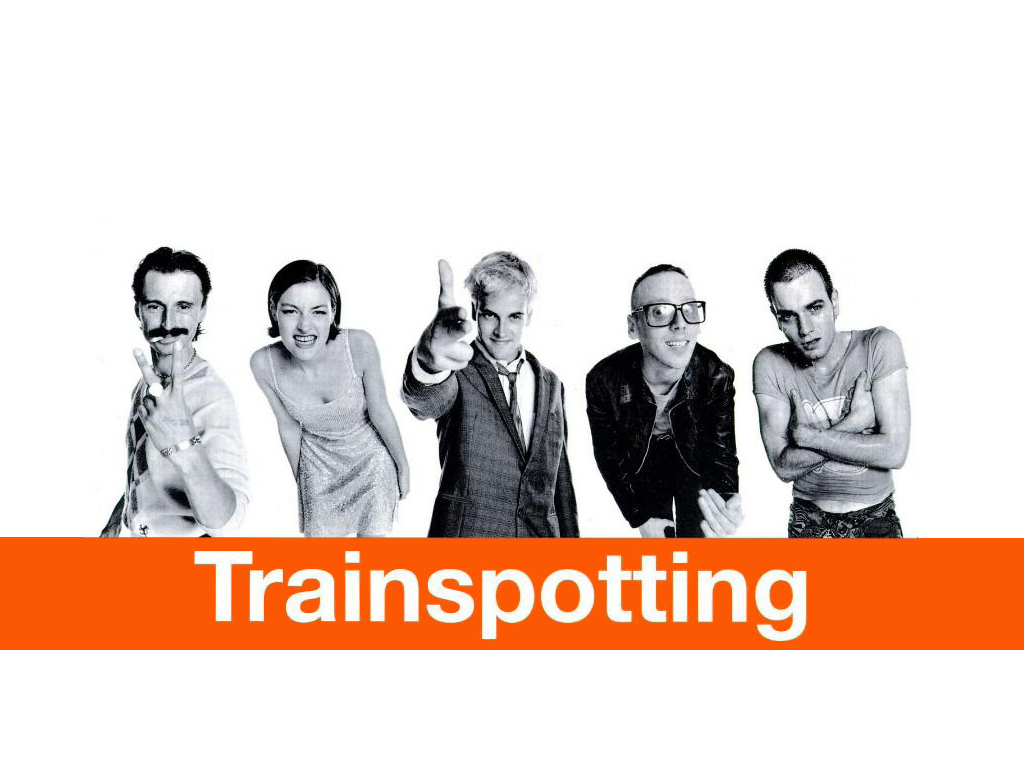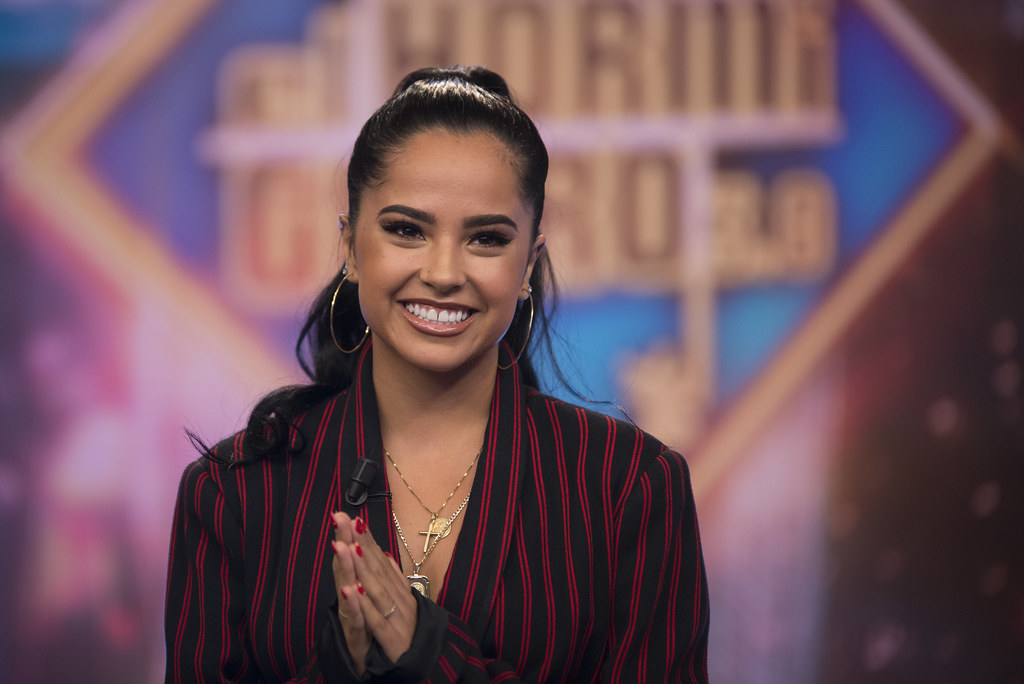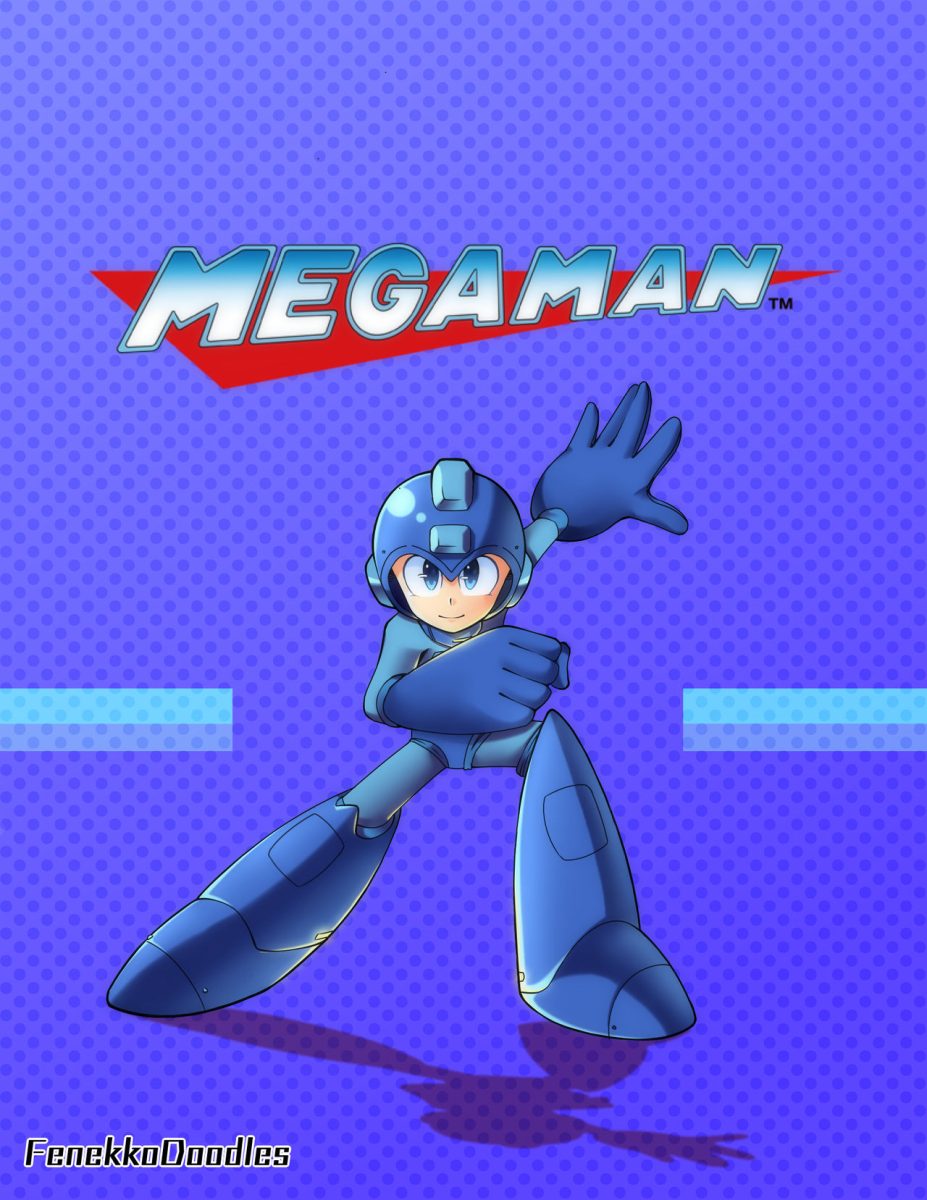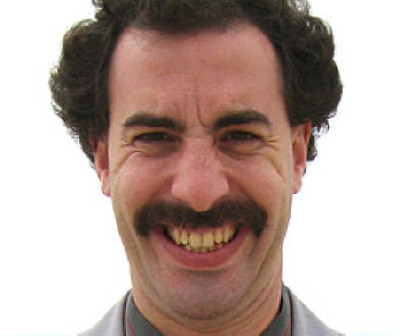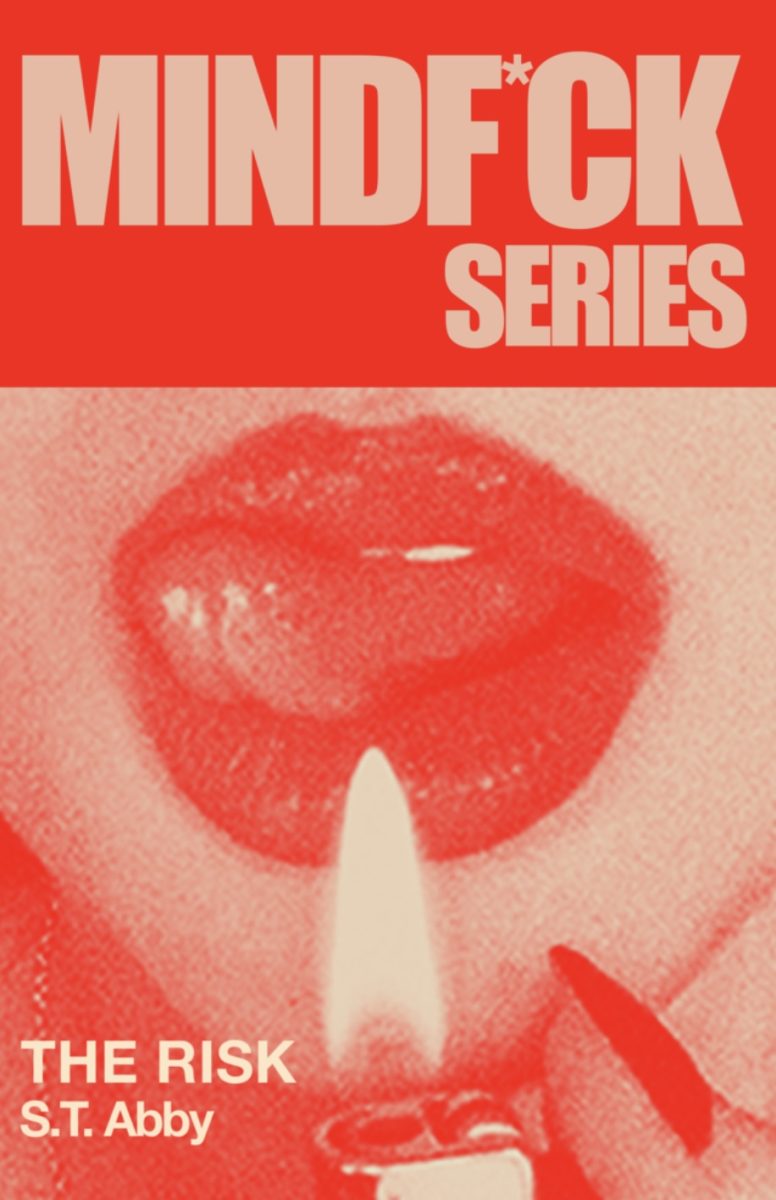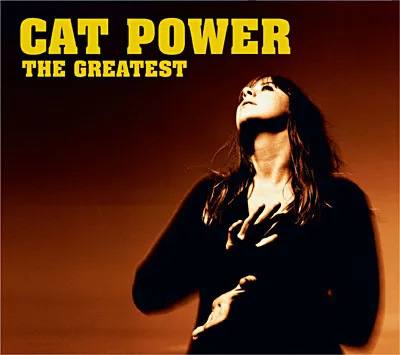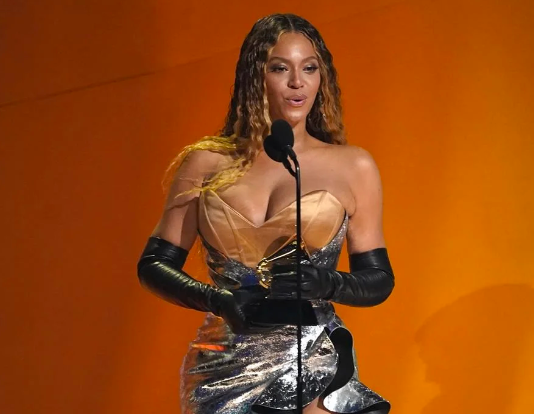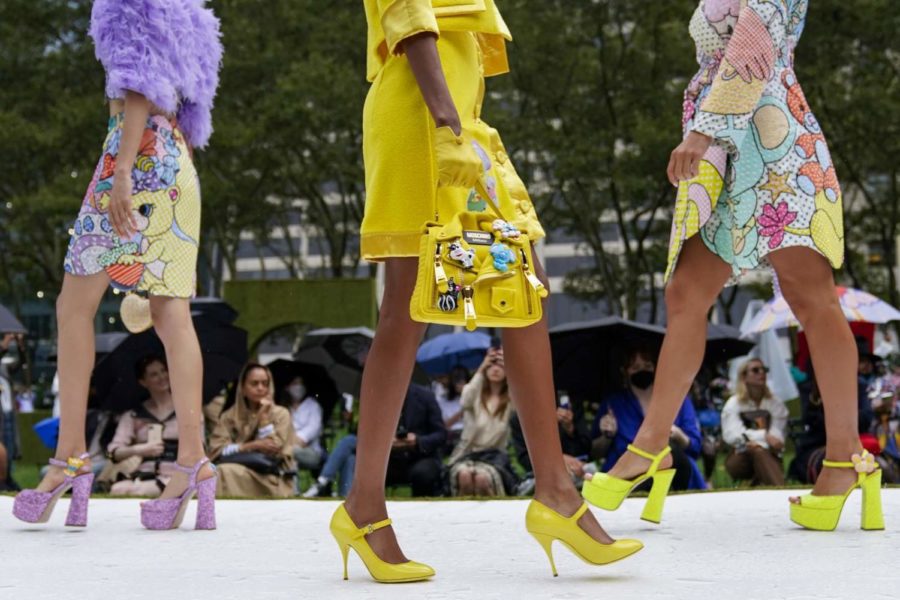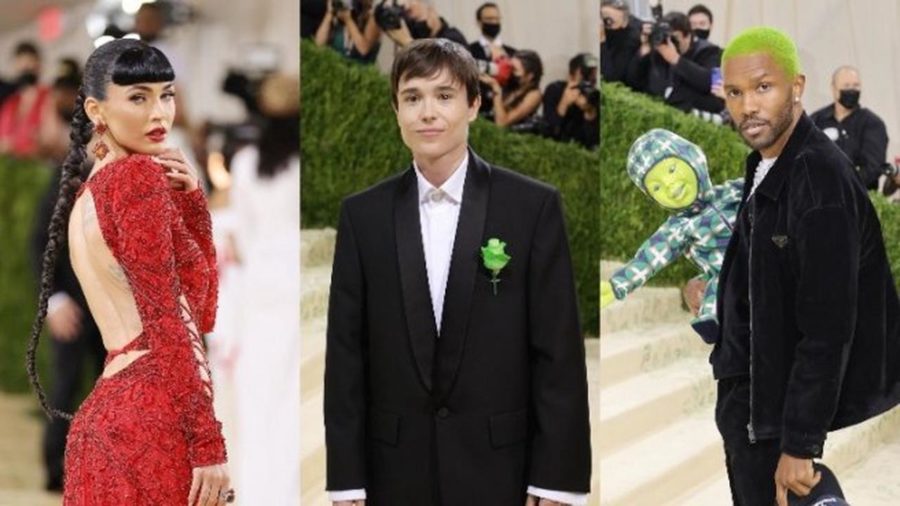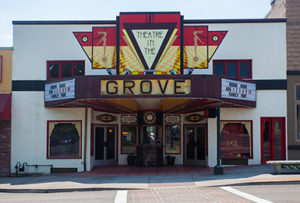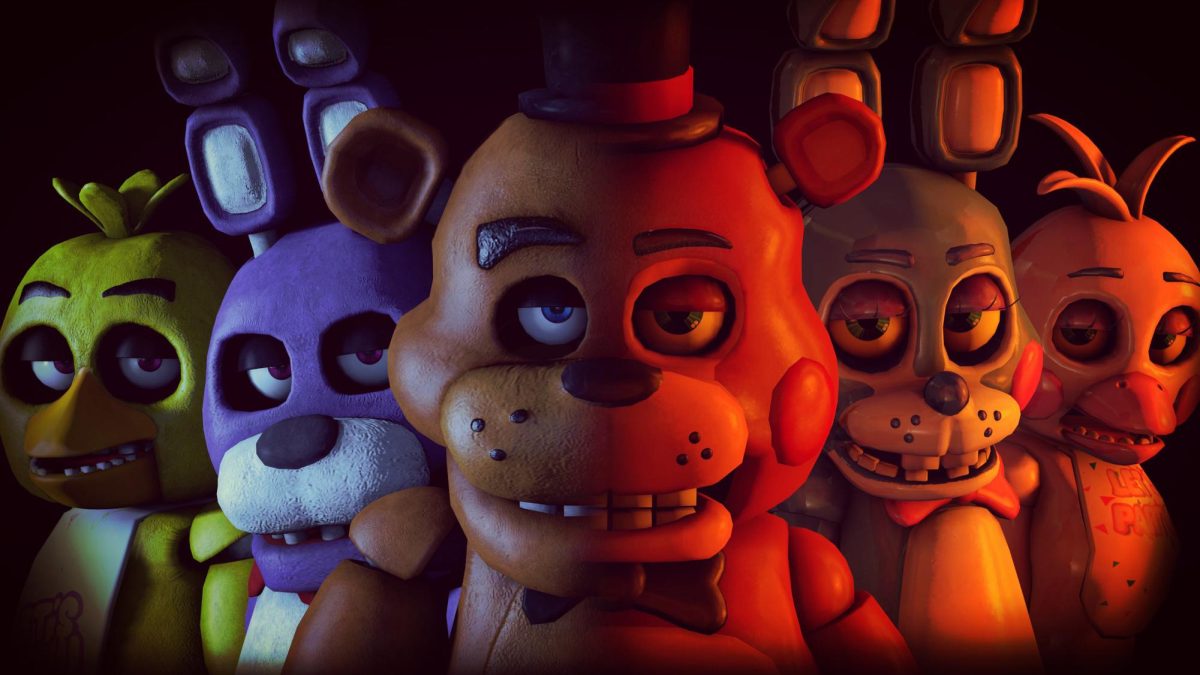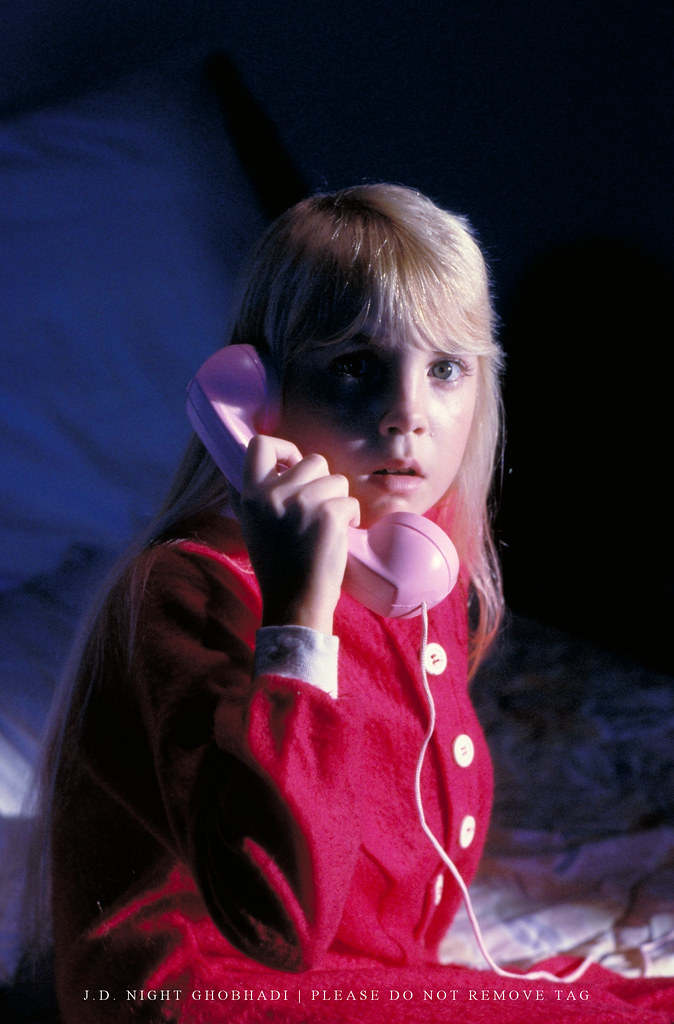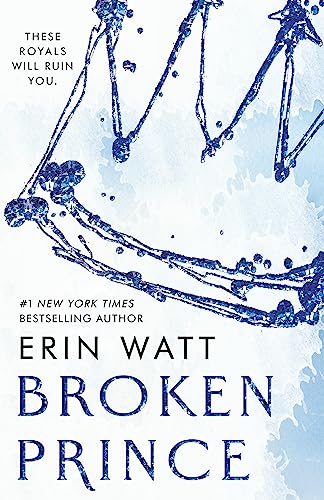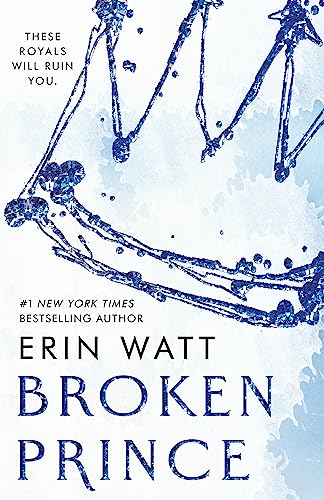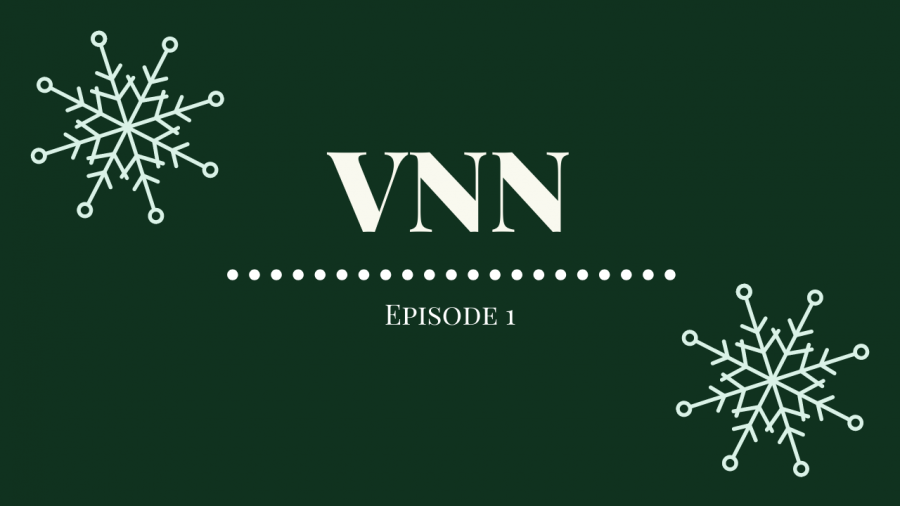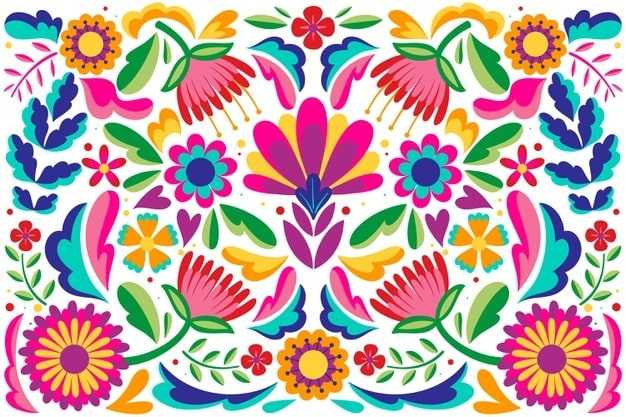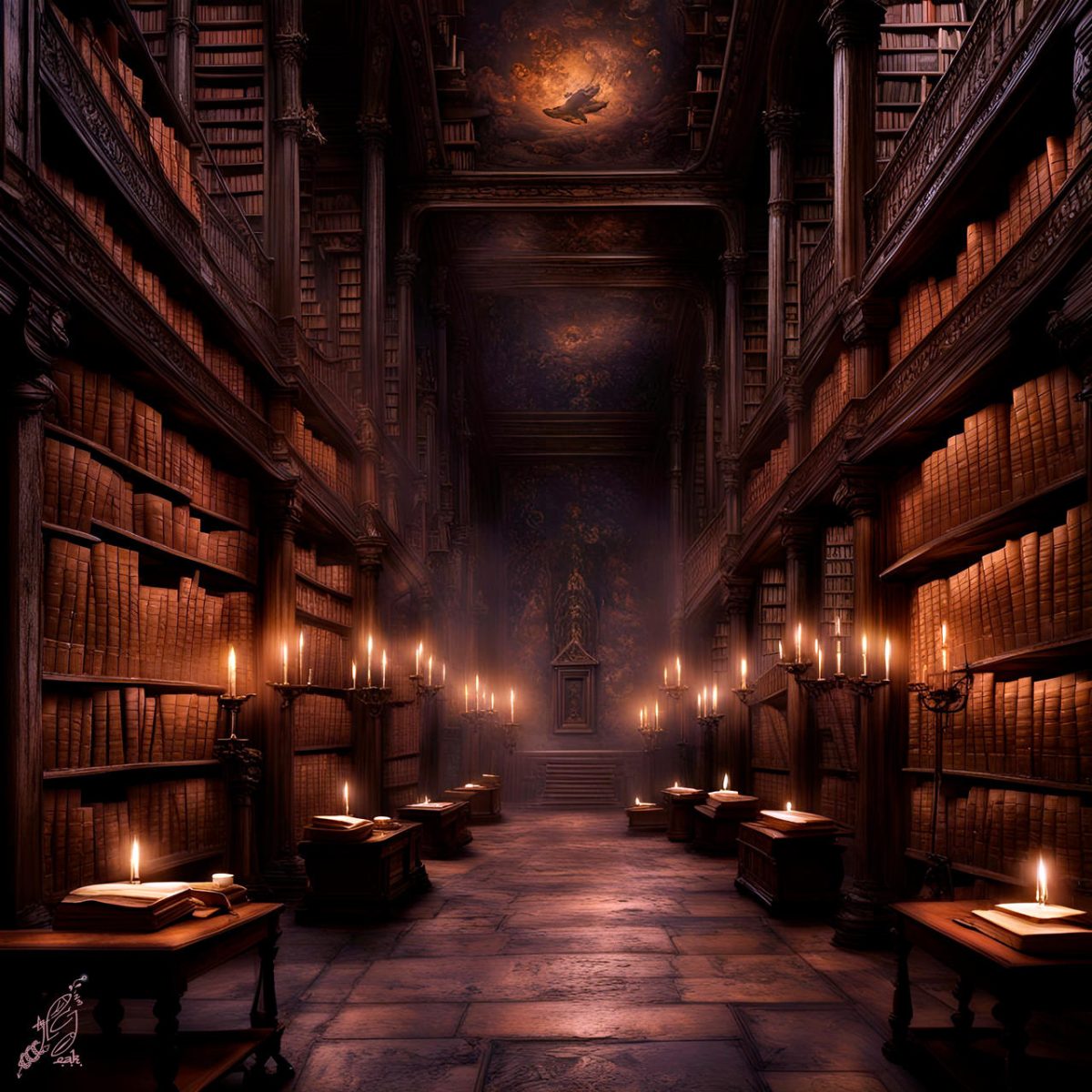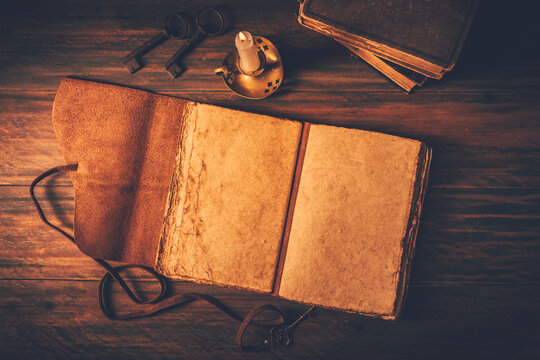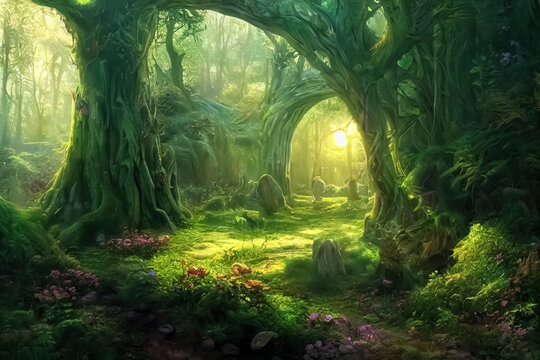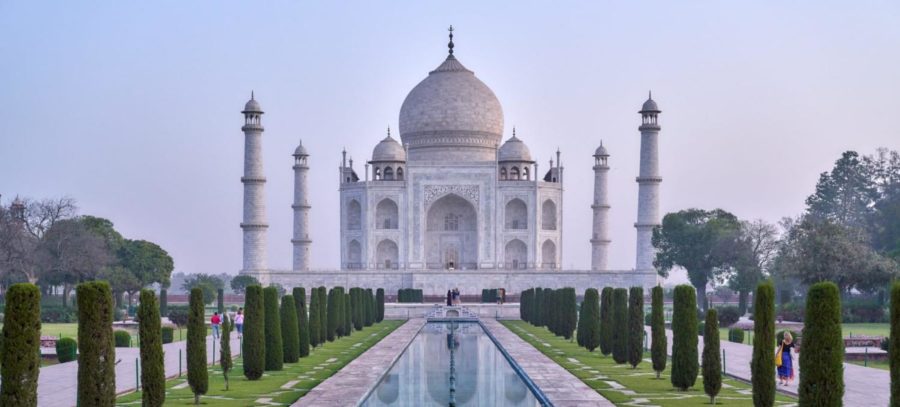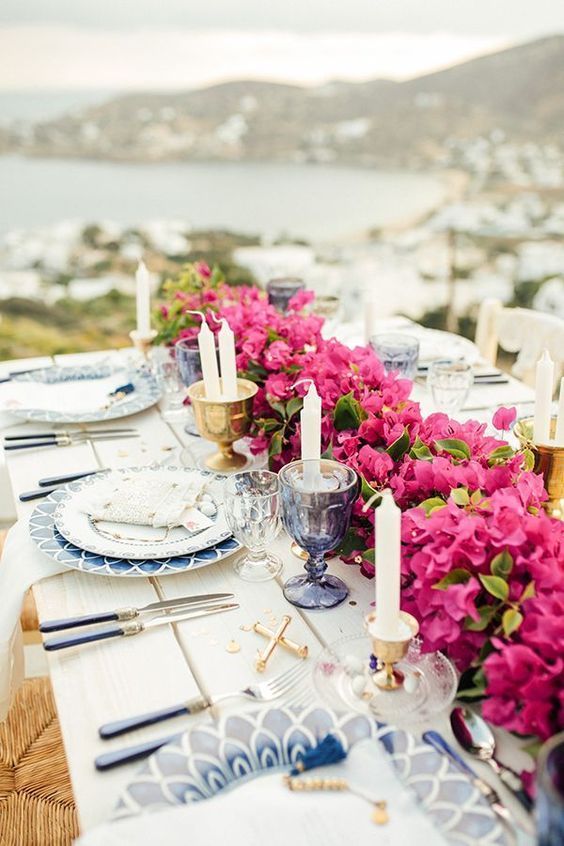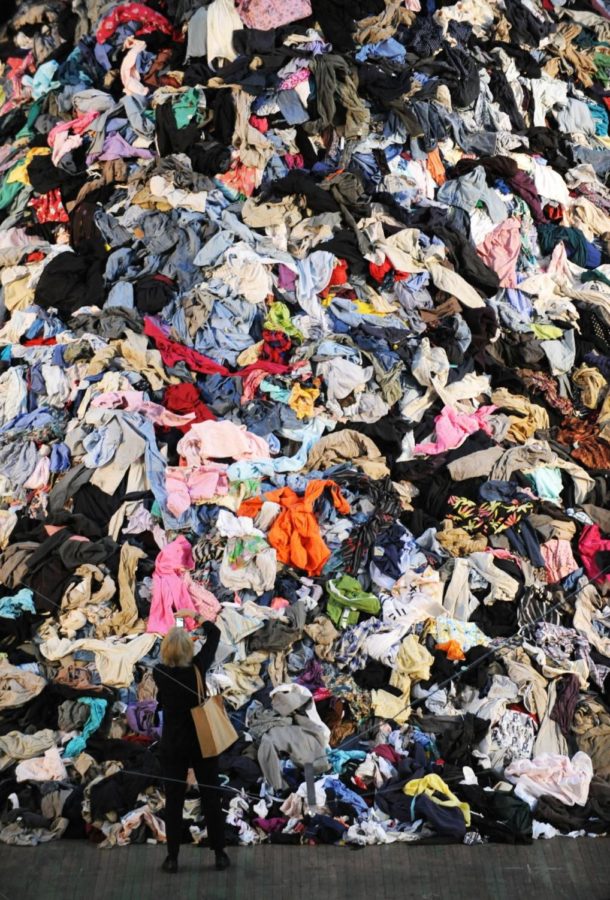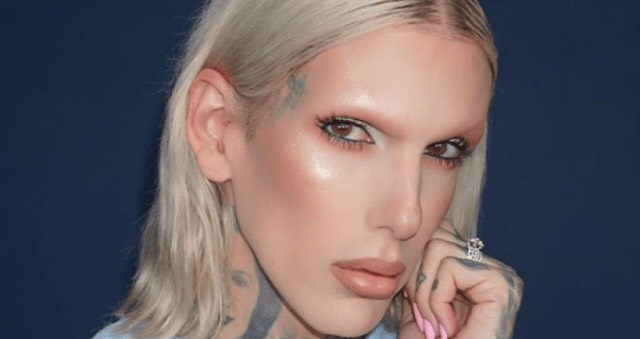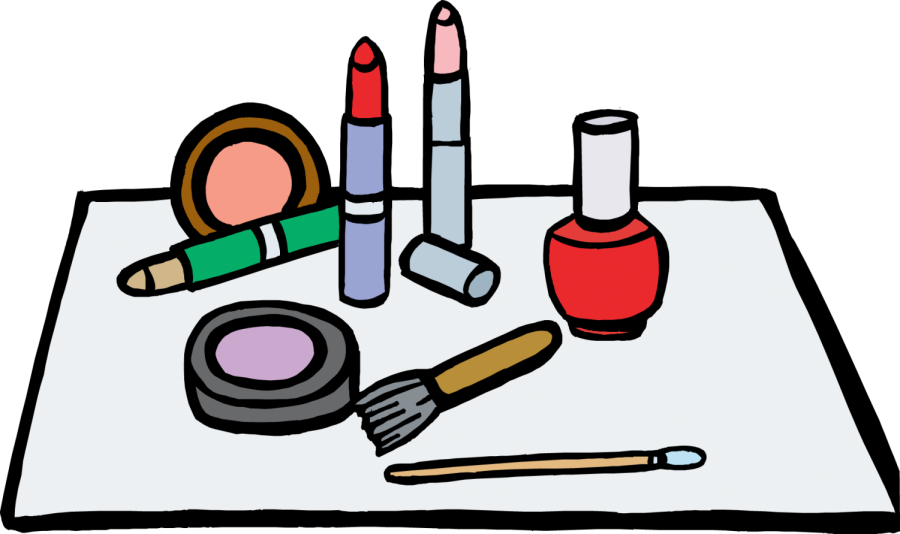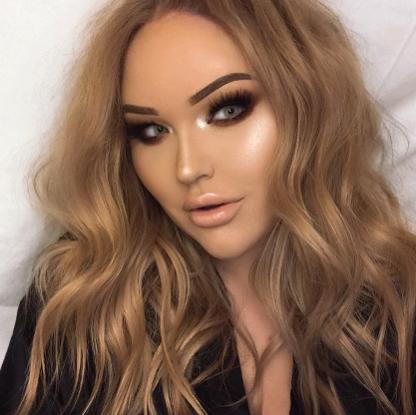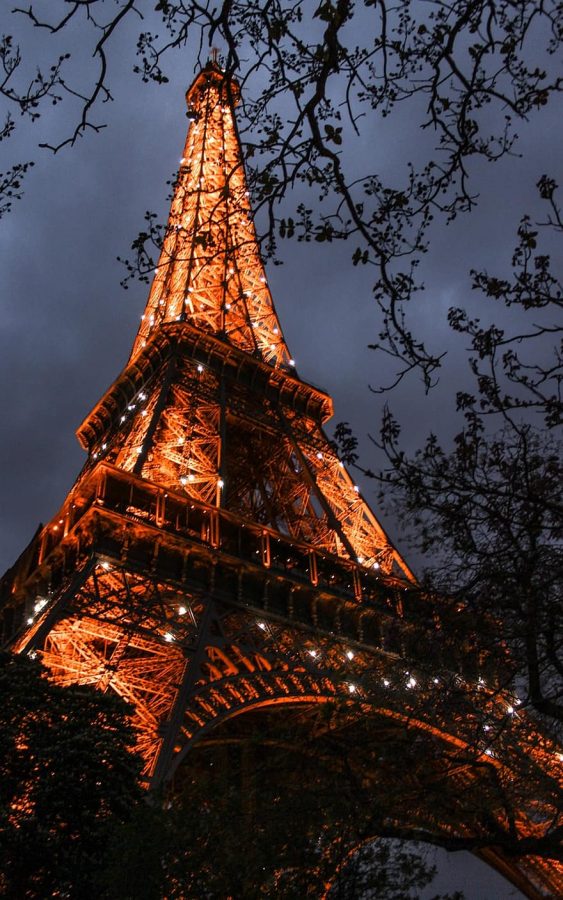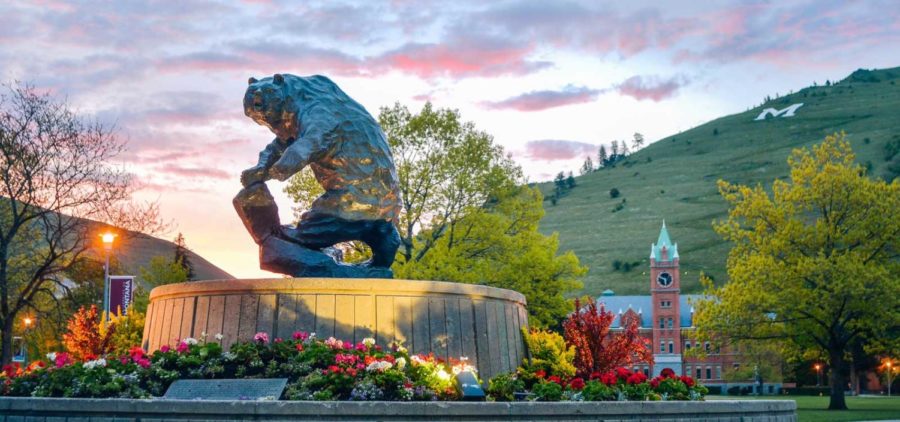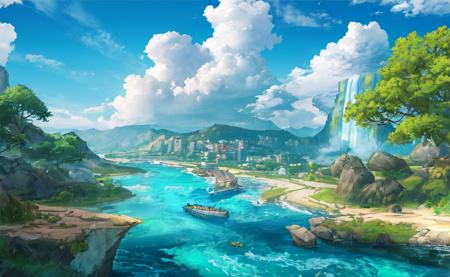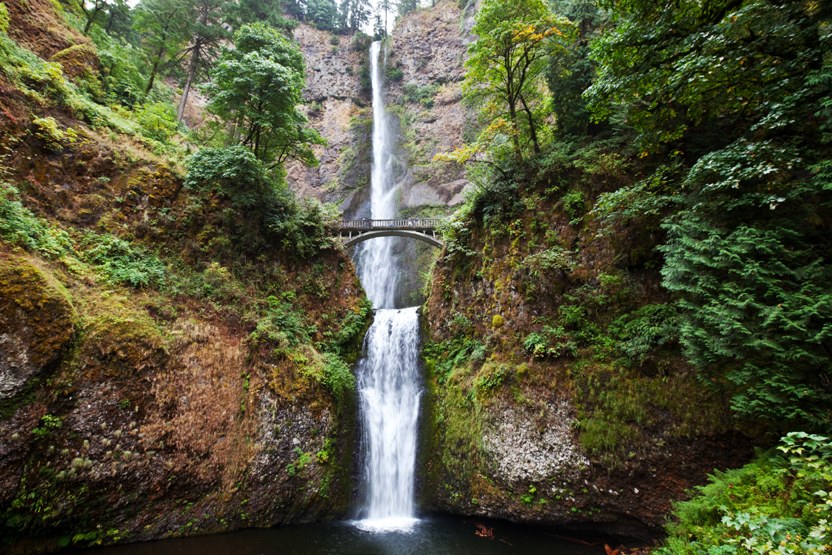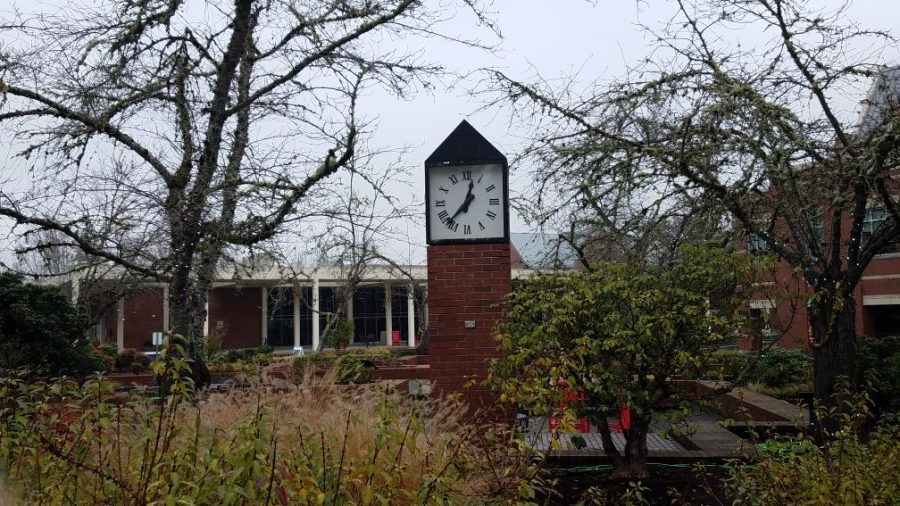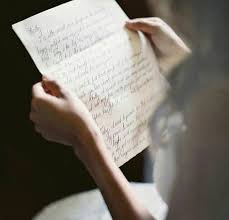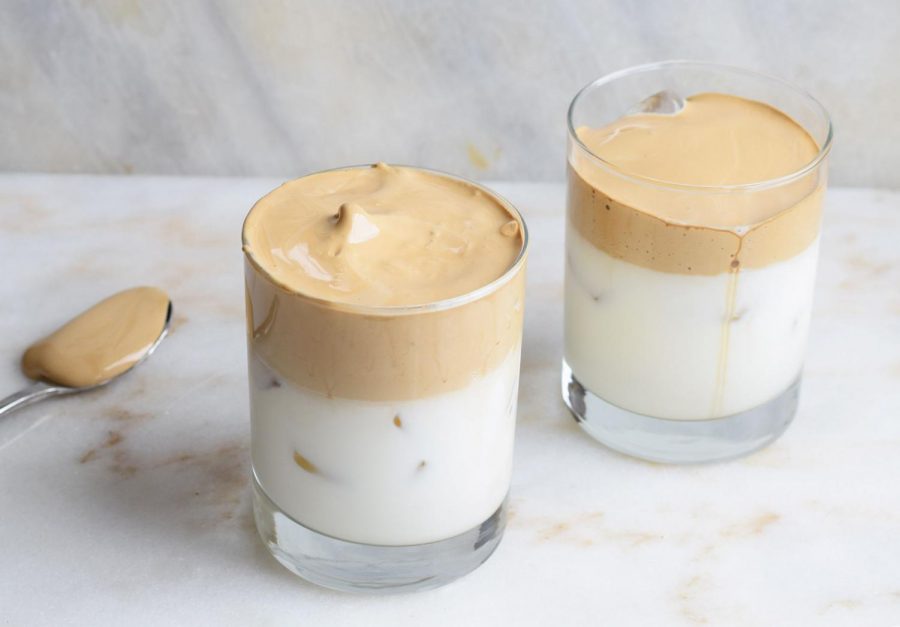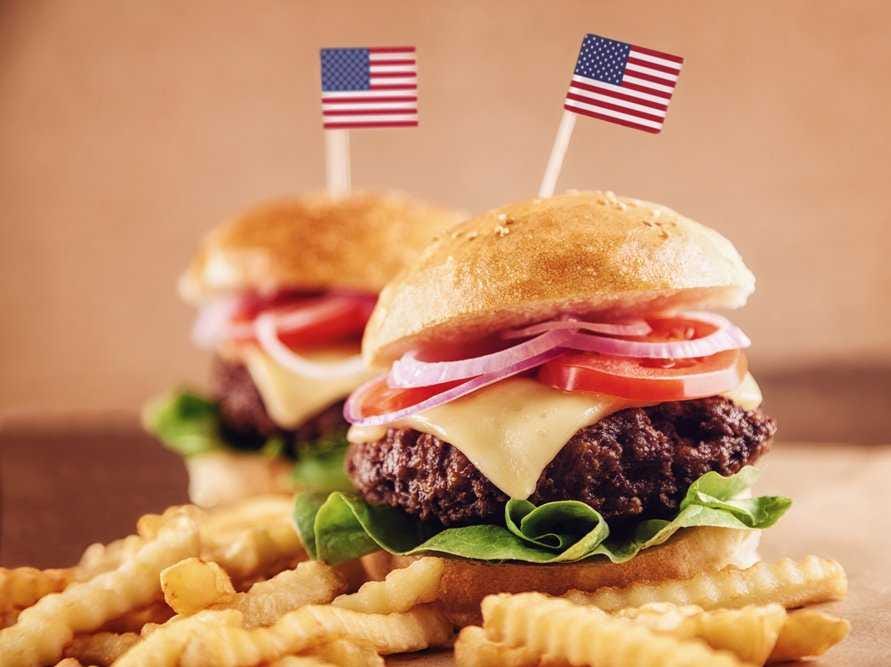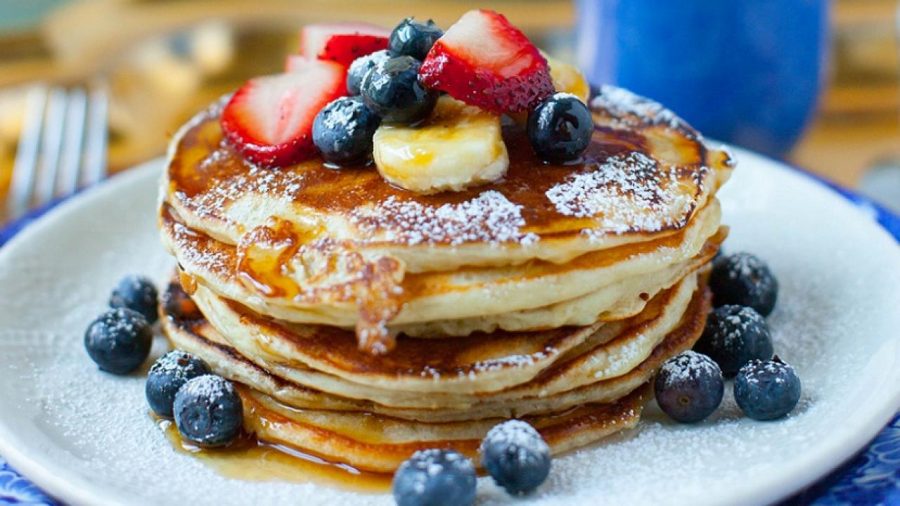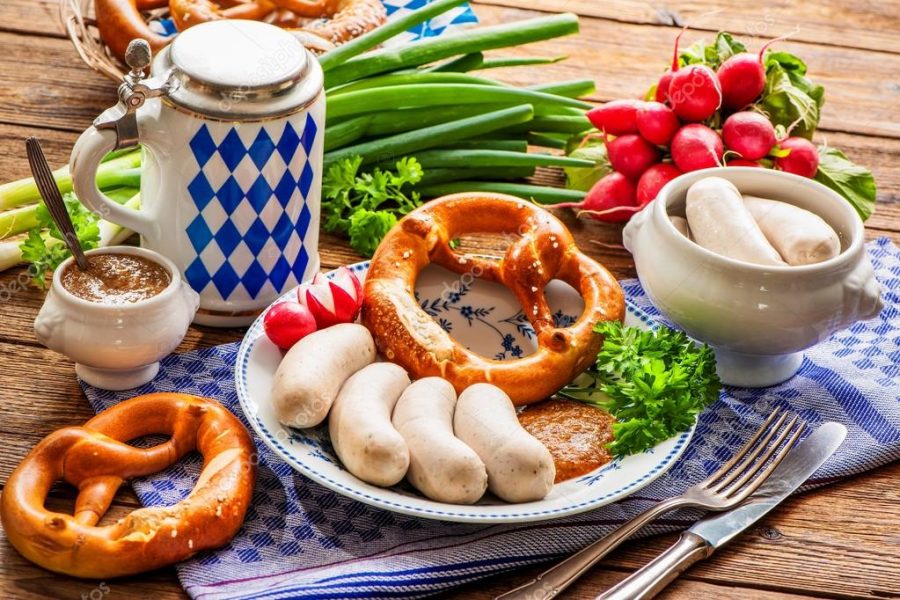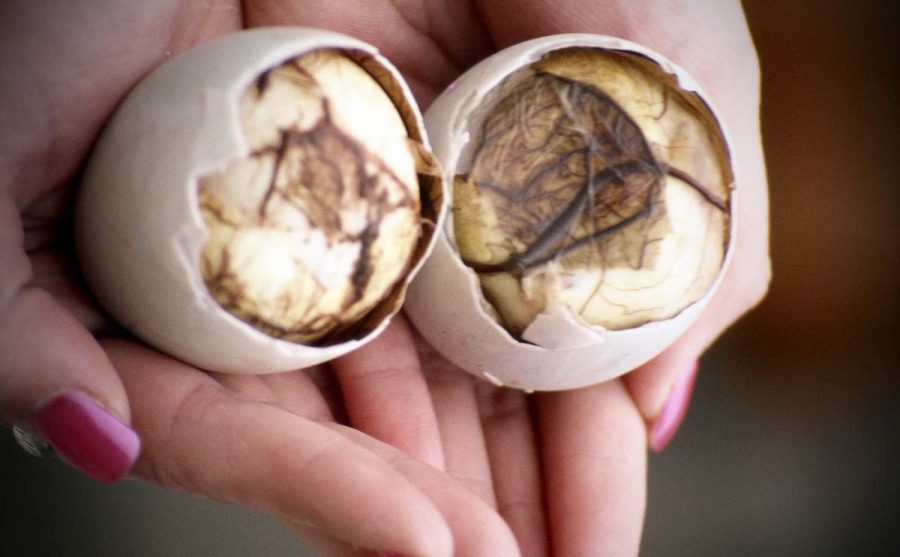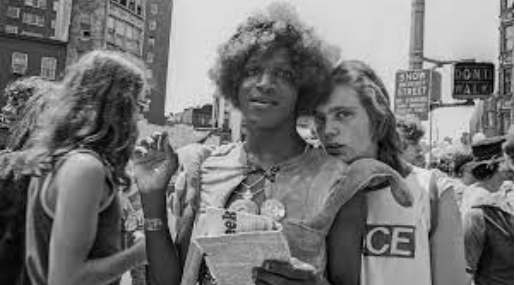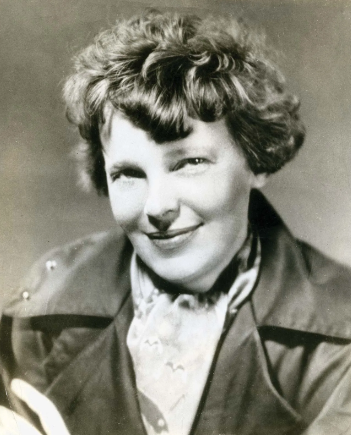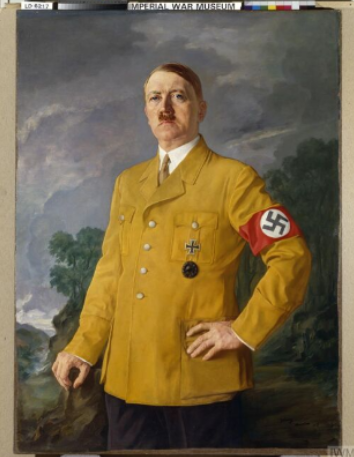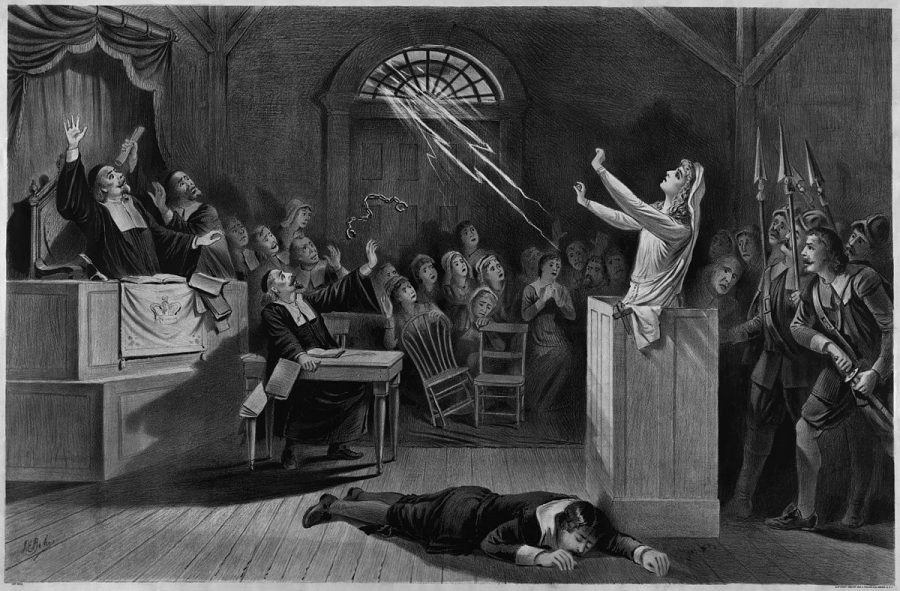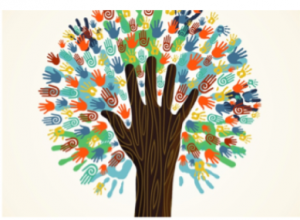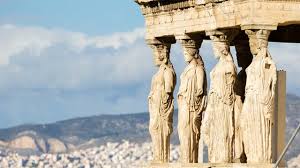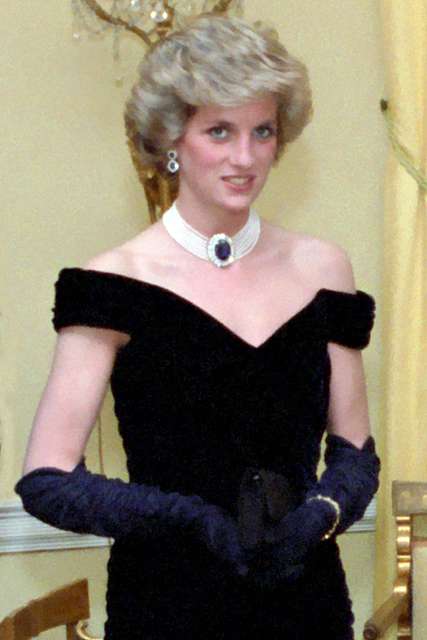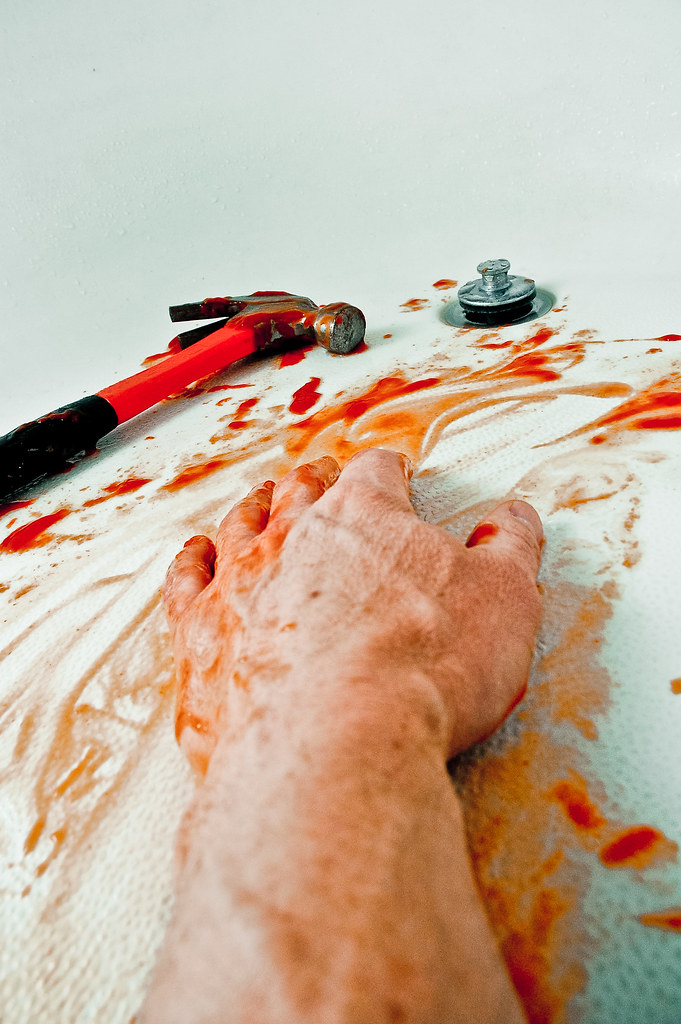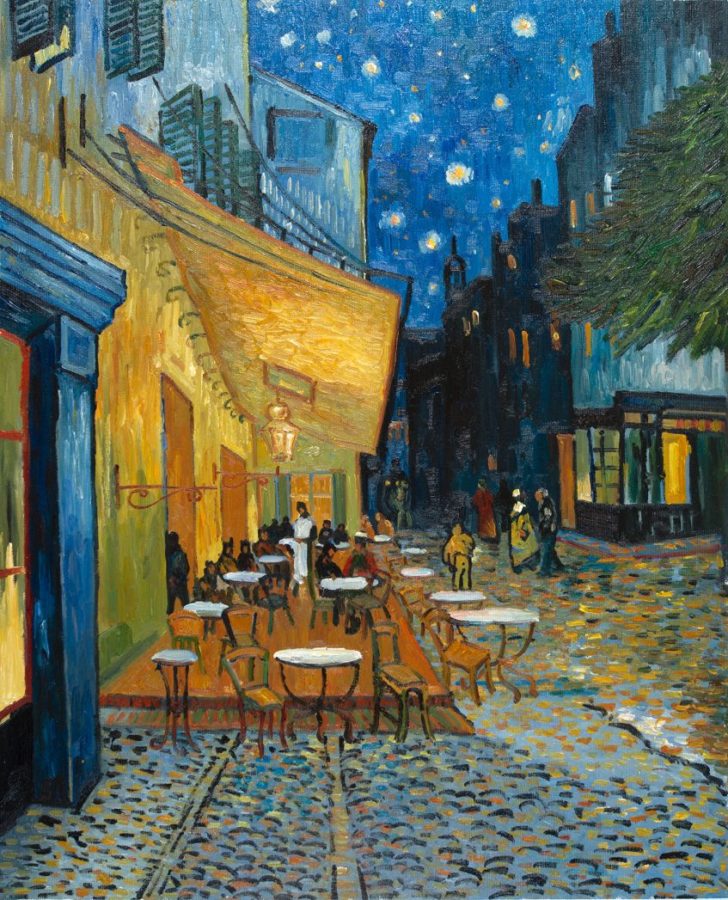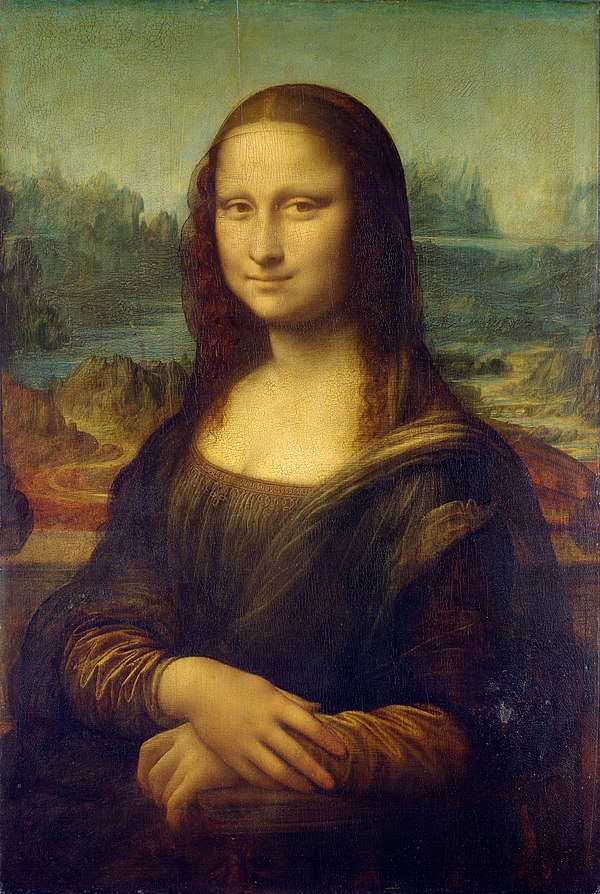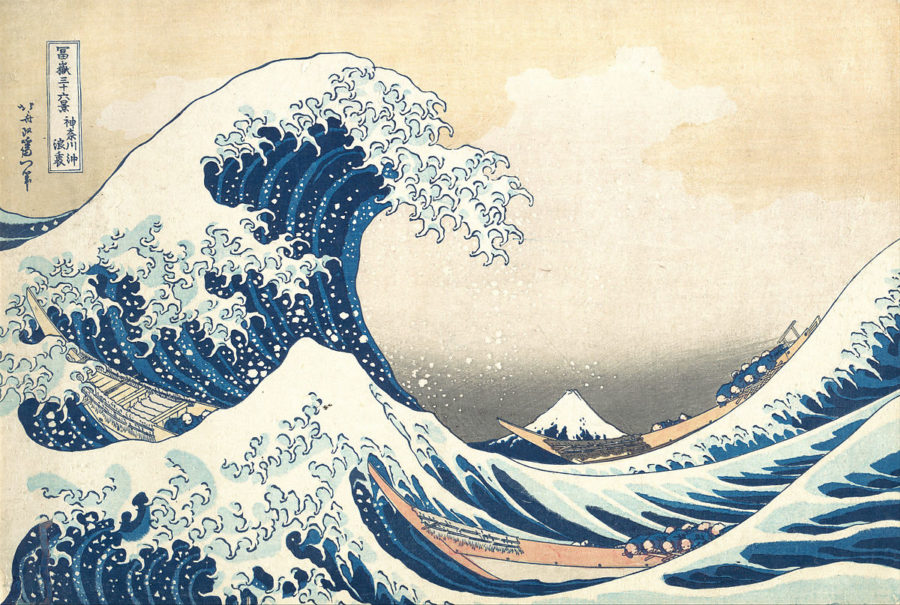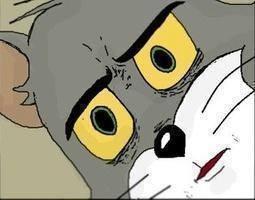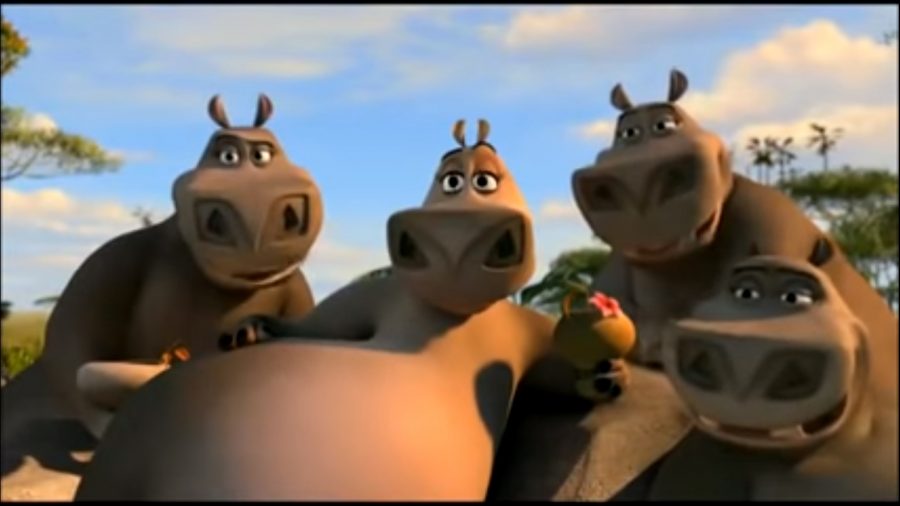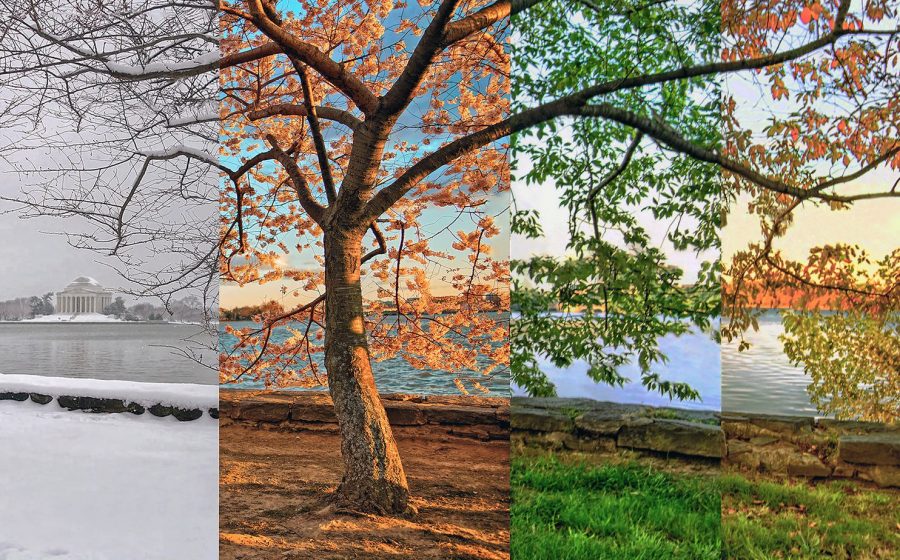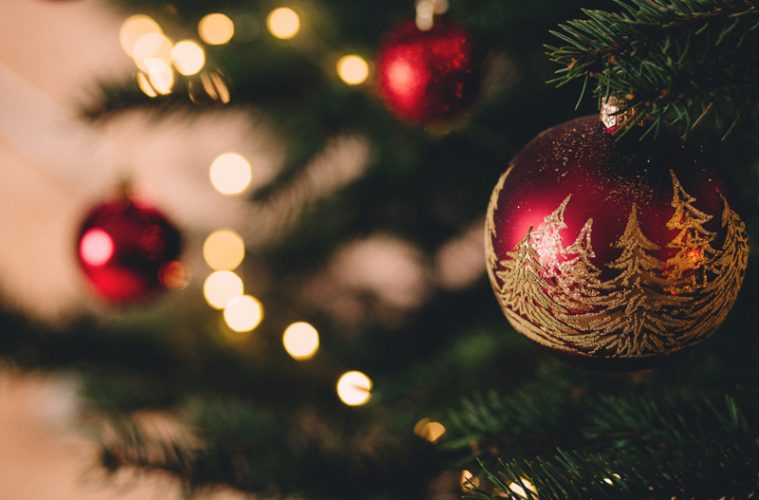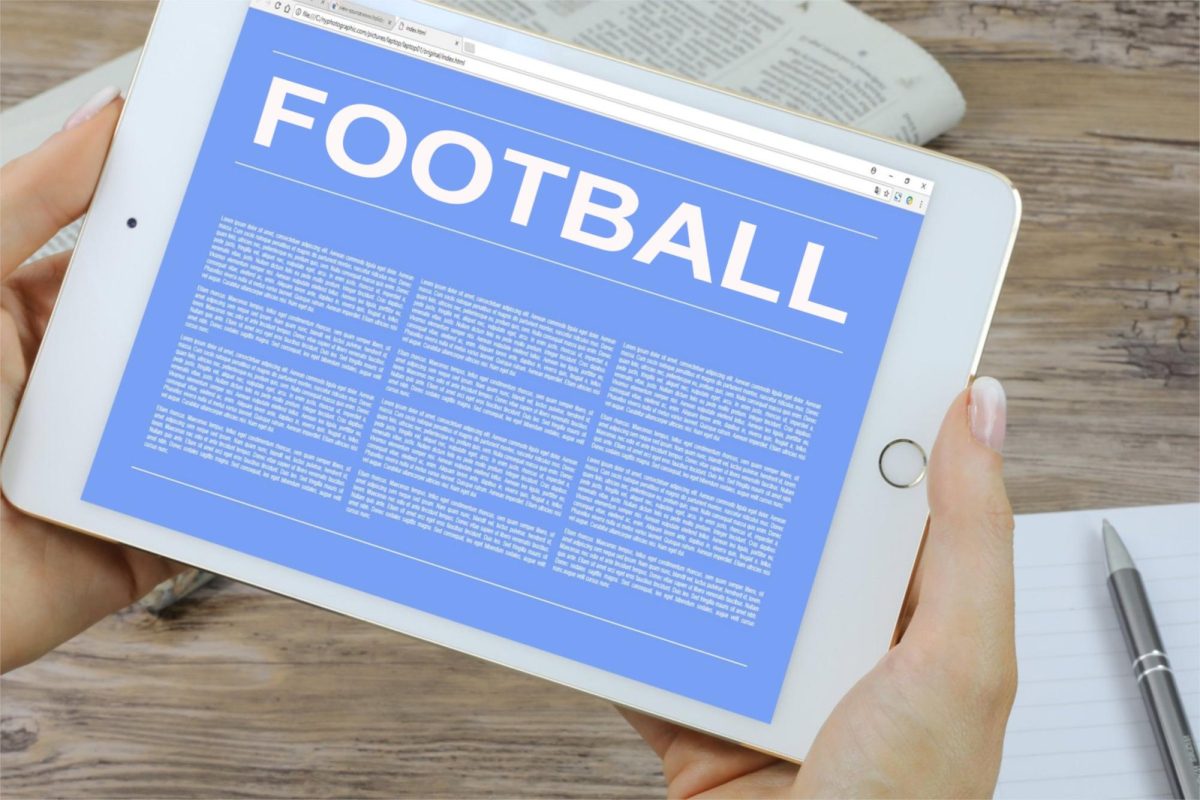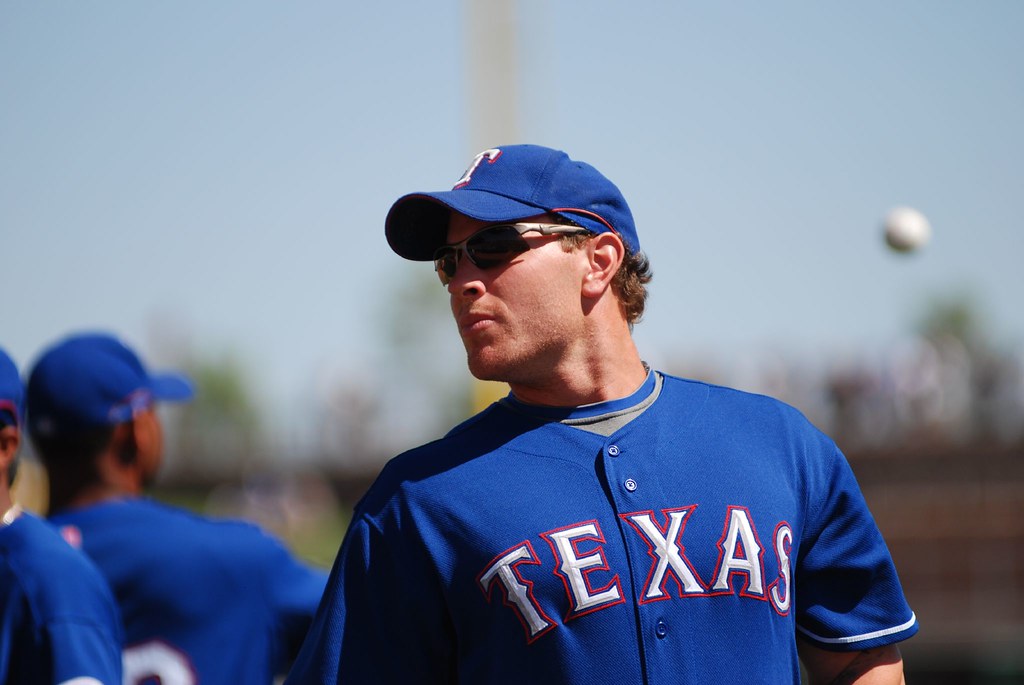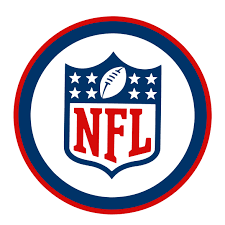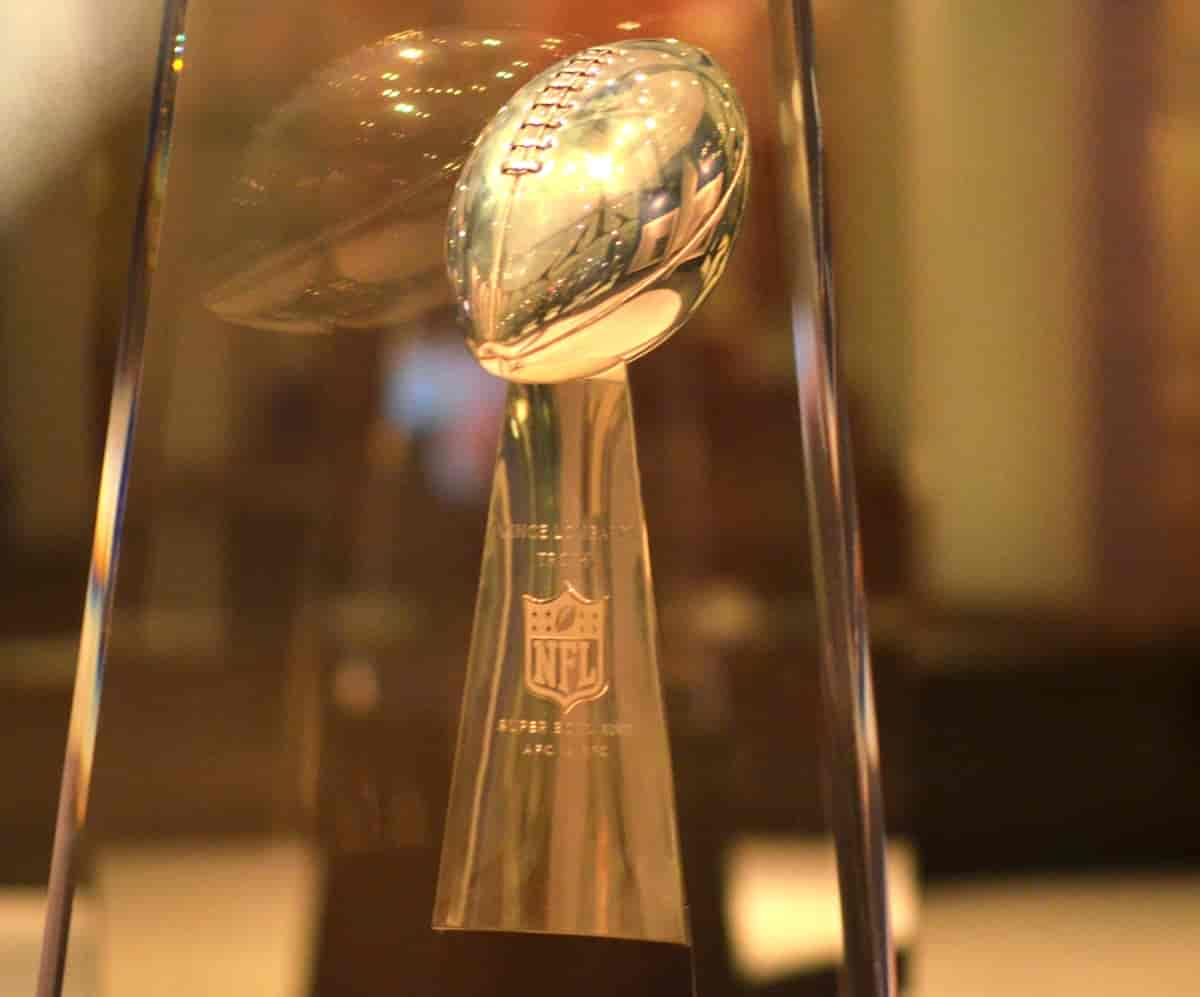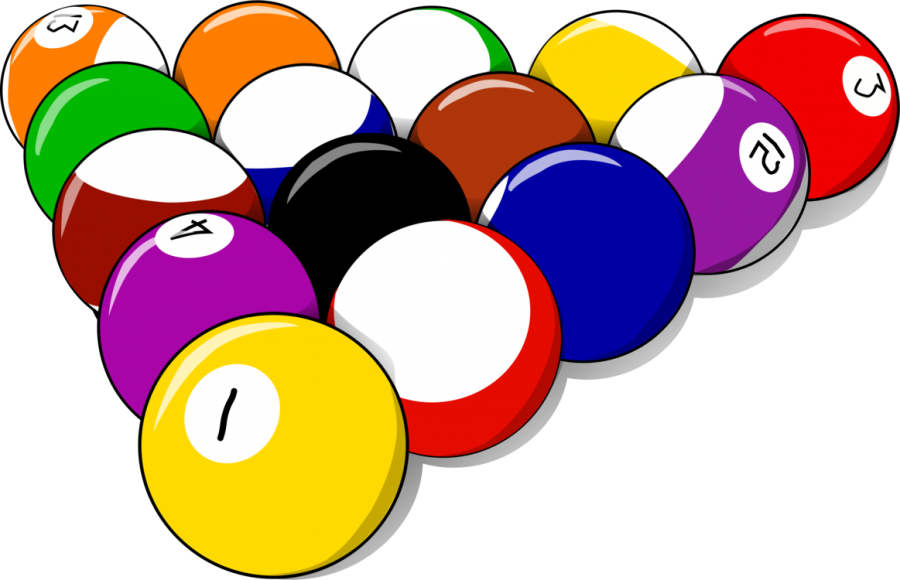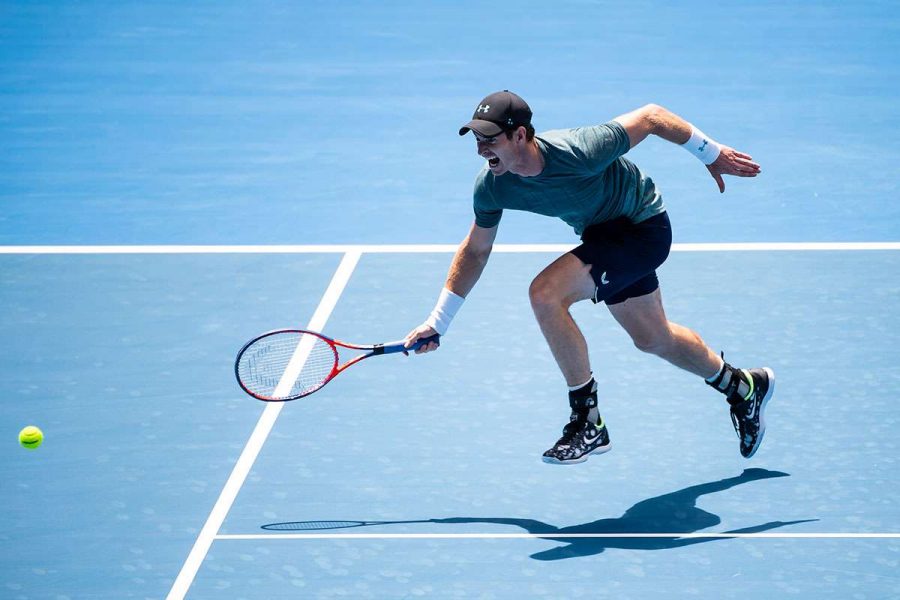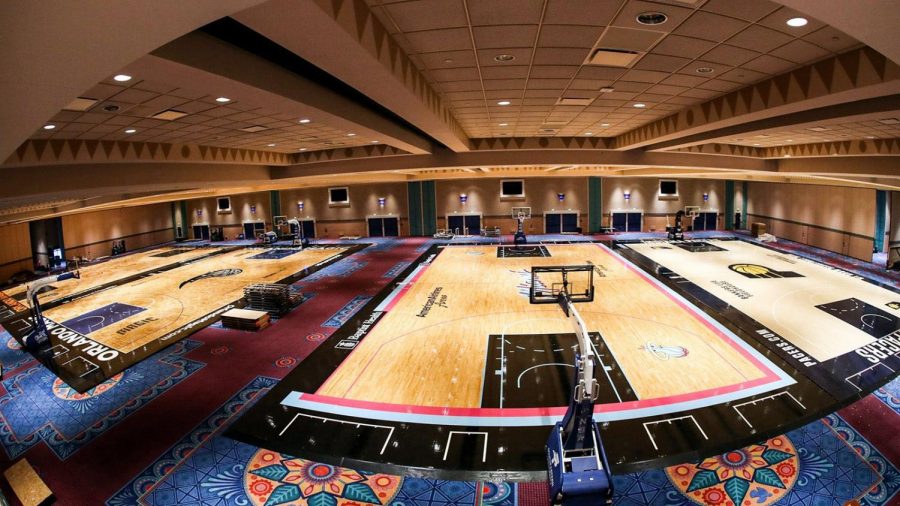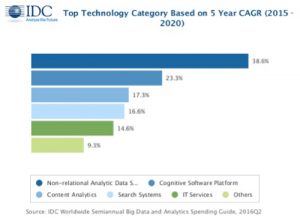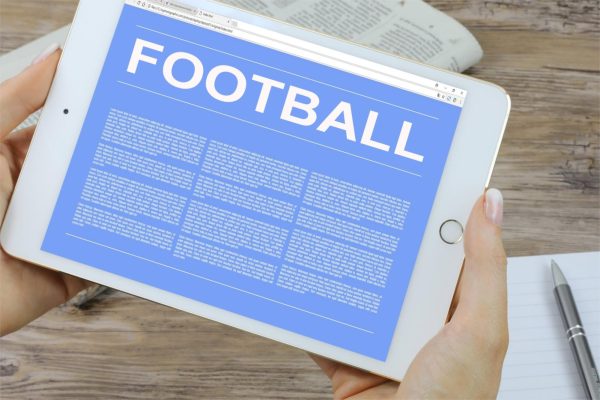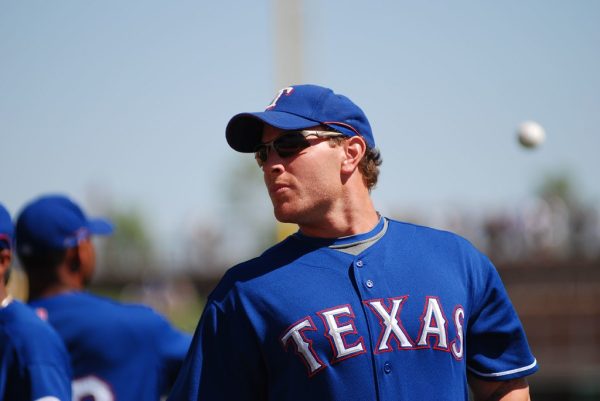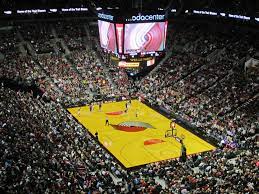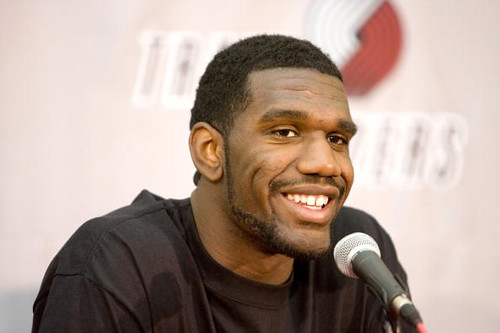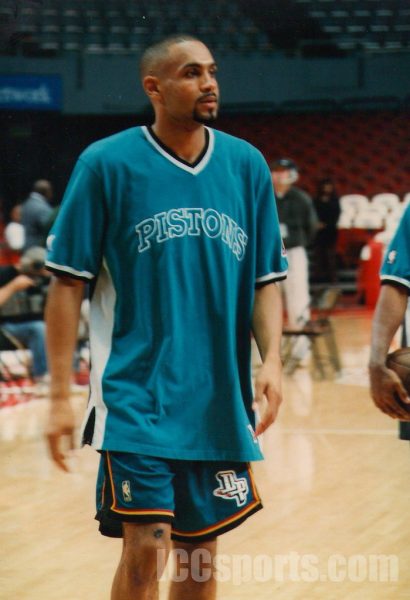Everything You Need to Know About the NBA Bubble
December 21, 2020
The NBA bubble was an idea where you put NBA players in a large area secluded from everyone else, and install COVID plans, and see if you can play games without spreading the coronavirus. This idea turned into a reality for 22 NBA teams who had not finished their season.
The ESPN Wide World of Sports Complex at the Walt Disney World Resort in Orlando, Florida was the NBA bubble. Twenty-two of the thirty NBA teams got invited to participate, thirteen from the west coast, nine from the east. Players stayed in Disney World hotels.
Upon arrival at the NBA bubble, every player, coach, and staff member had to self-isolate in their rooms for up to 48 hours until they received two negative COVID-19 tests. COVID testing was done regularly inside the bubble, although the league never specified how often NBA staff and members got tested.
If tested positive for coronavirus inside the bubble, the person or player got placed in Isolation Housing, which was a house, hotel, or another facility that is different from the individual’s previous residence, at a location in which no individuals who have tested negative were staying. They were also given a second COVID-19 test as soon as possible in hopes of the possibility of a false positive. If that second test comes back positive, the person will remain in Isolation Housing. If the second test comes back negative, a third test will happen between 24 and 48 hours after the first test. If that test also comes back negative, the person will be allowed to reenter the NBA campus. If it comes back positive, the person will remain in Isolation Housing. The period of isolation for players who test positive is a minimum of 14 days.
The teams included in this phenomenon are:
East Coast
- Milwaukee Bucks
- Toronto Raptors
- Boston Celtics
- Miami Heat
- Indiana Pacers
- Philadelphia 79ers
- Brooklyn Nets
- Orlando Magic
- Washington Wizards
West Coast
- Los Angeles Lakers
- Los Angeles Clippers
- Denver Nuggets
- Utah Jazz
- Oklahoma City Thunder
- Houston Rockets
- Dallas Mavericks
- Memphis Grizzlies
- Portland Trail Blazers
- New Orleans Pelicans
- Sacramento Kings
- San Antonio Spurs
- Phoenix Suns
One of the main concerns is if the bubble worked or not. Getting players, coaches, and team/league personnel packed into one place without spreading the virus to everyone was always going to be a challenge. The NBA figured it could preserve the health and safety of all involved.
This may be one reason the NBA continued pressing forward with the bubble in Orlando even as coronavirus cases in Florida spiked over the summer. In theory, that shouldn’t matter. Nobody other than those who have been invited and tested were allowed to enter the bubble, anyway.
Another reason may have been that with so much limited media, as well as no fans, it lessens their potential for exposure. The people that took the seats in the stands, however, were team executives, NBA/union personnel, and inactive players, but other than a couple of sponsors here and there, no fans were allowed to attend.
Other measures that were in effect were the spread-out format of everything. A few examples of this are; team/league personnel were staying in three different hotels on campus. Another example is how NBA games in the bubble were being played in three different areas at the complex.
A huge factor in everything was the fact that some of the players may not have feet comfortable about everything. Nobody from the 22 teams that were invited to resume the NBA season in the bubble was required to participate. People who are determined by the team or by medical experts to be of high risk for COVID-19 are excused and will not lose salary. But players who opt out and are not deemed high risk lose salary. Players, coaches, and team personnel are allowed to leave the bubble once they are eliminated from the competition.
Teams arrived in the NBA bubble on July 7, nearly four months after the NBA season had shut down, as they prepared for the restart of the season on July 30. All 22 teams were checking in for a stay of at least six weeks, and for two of them, the bubble would be the only place they’d visit for more than three months. So you can understand why some people may not have been too happy about that. Do you think you could last more than three months?



